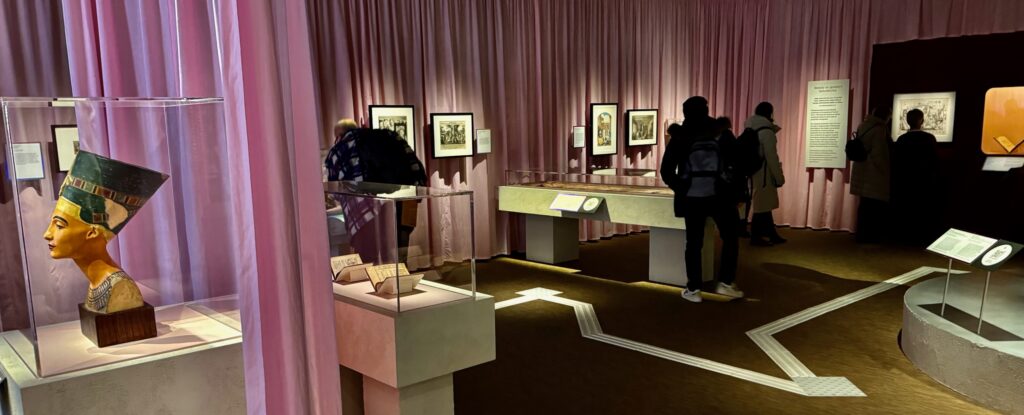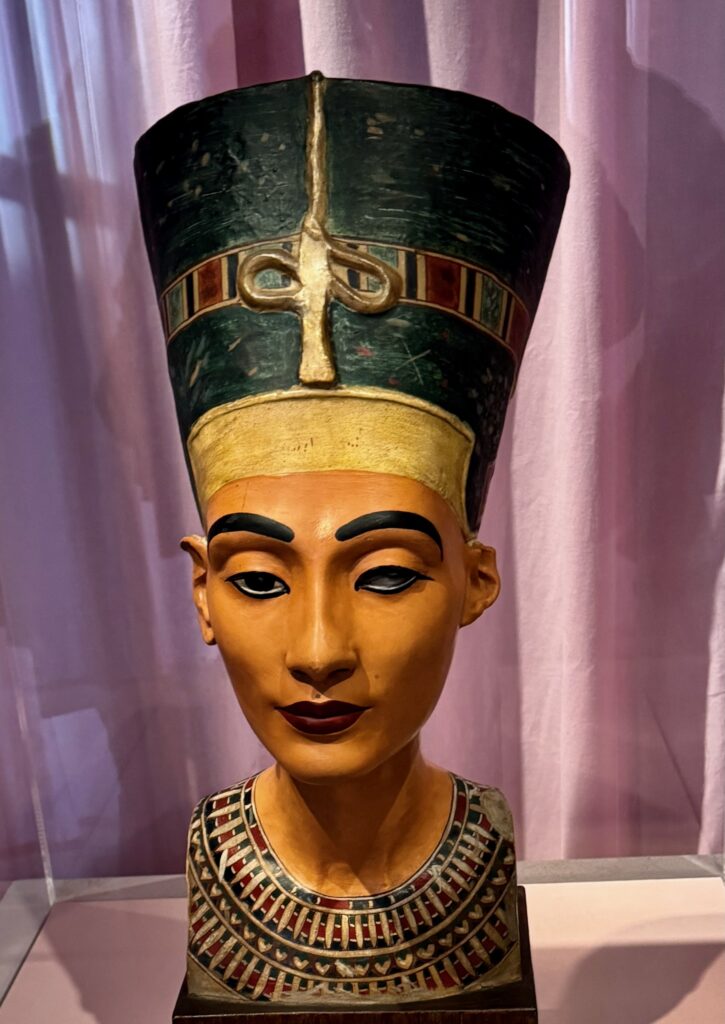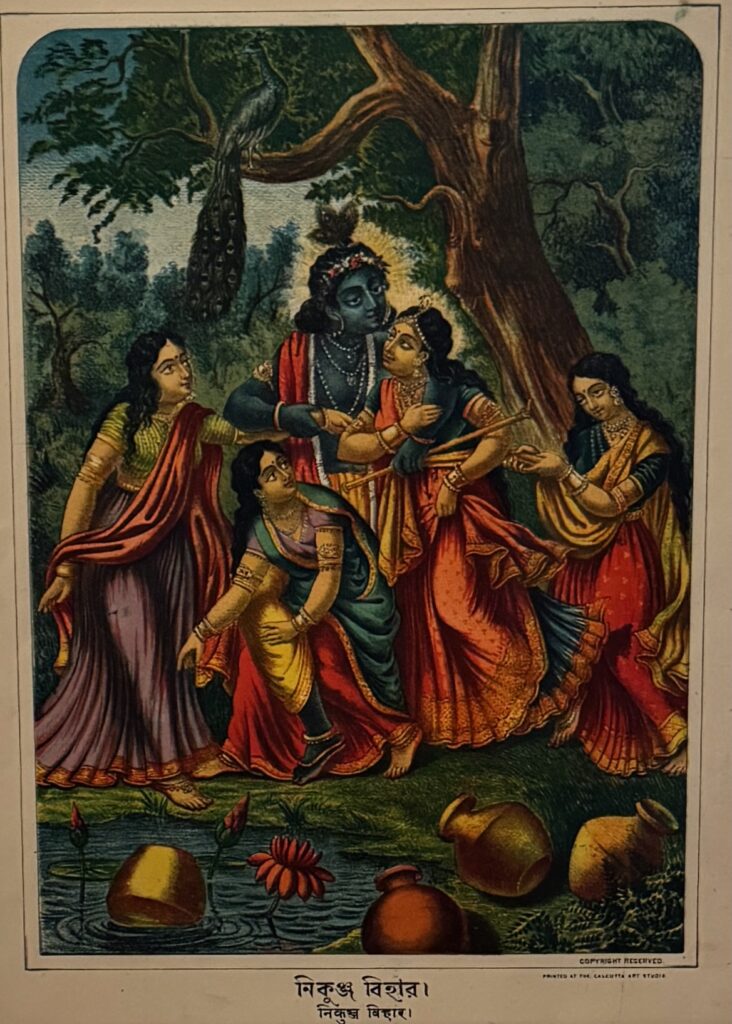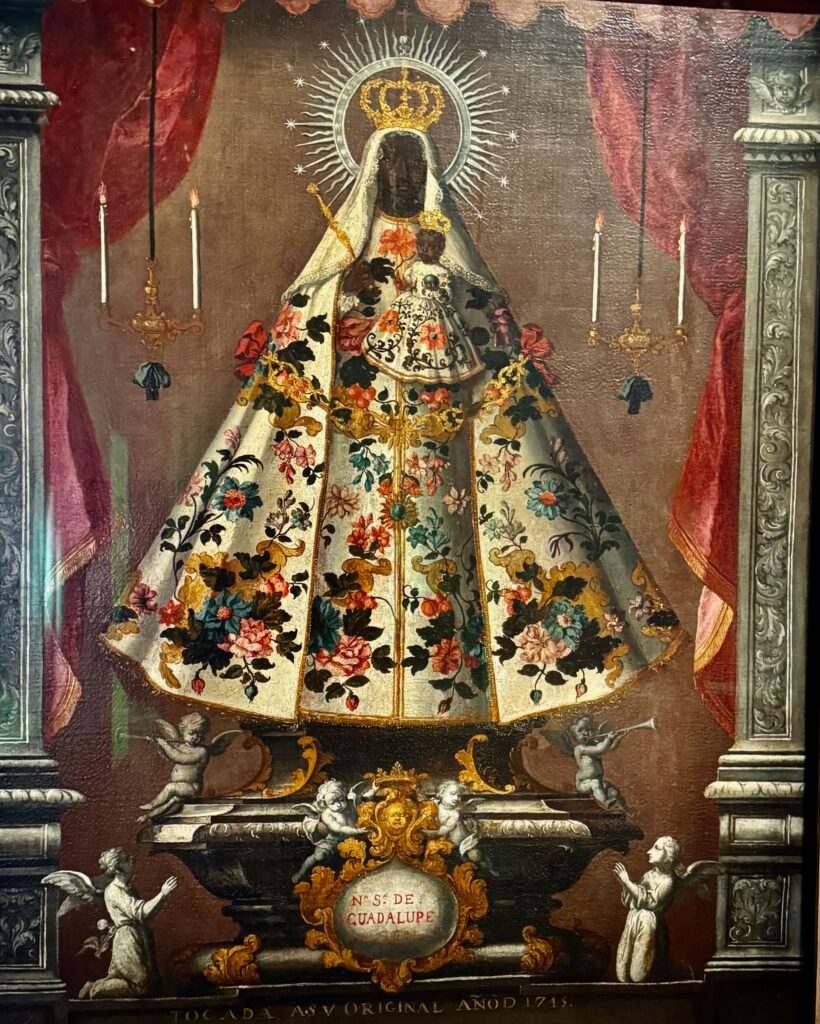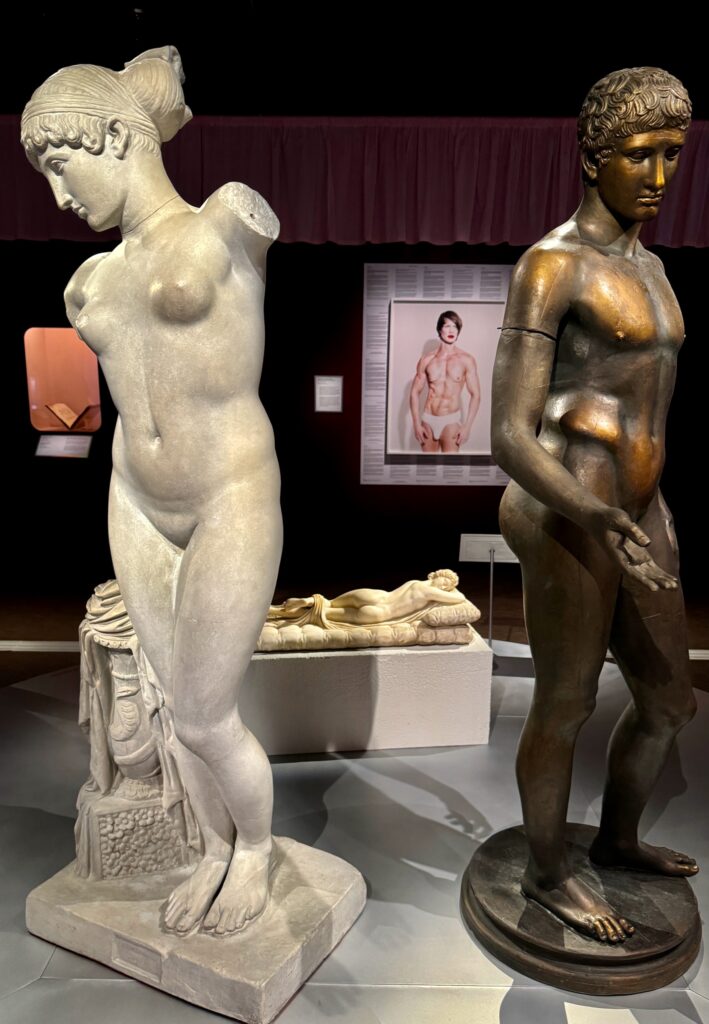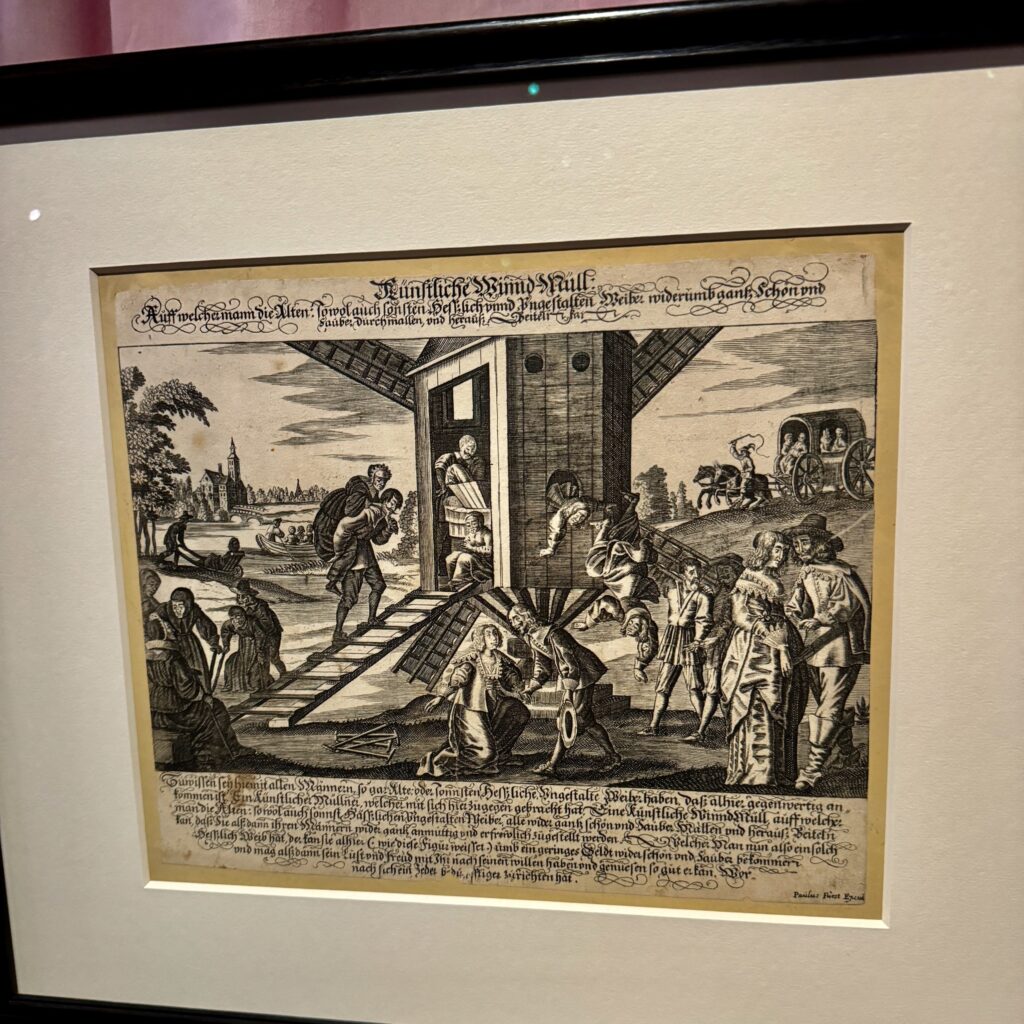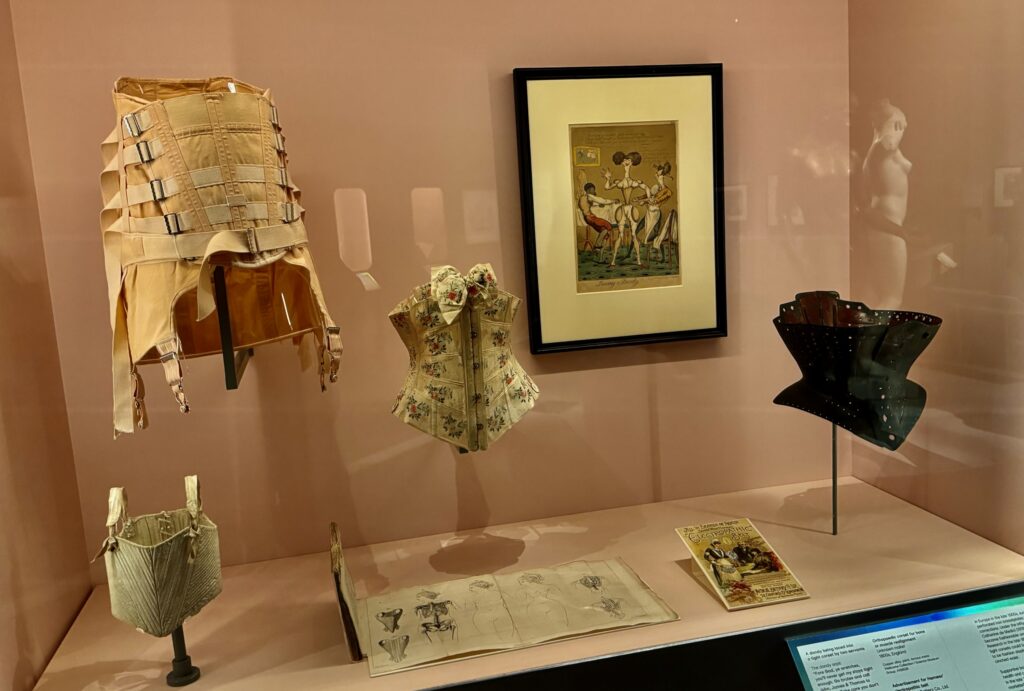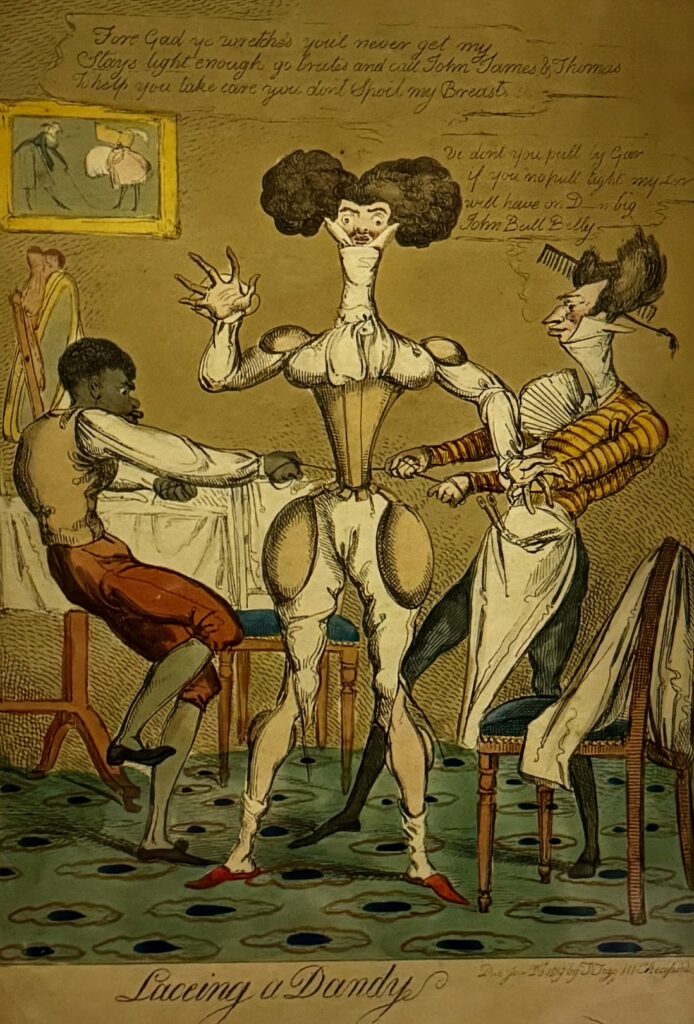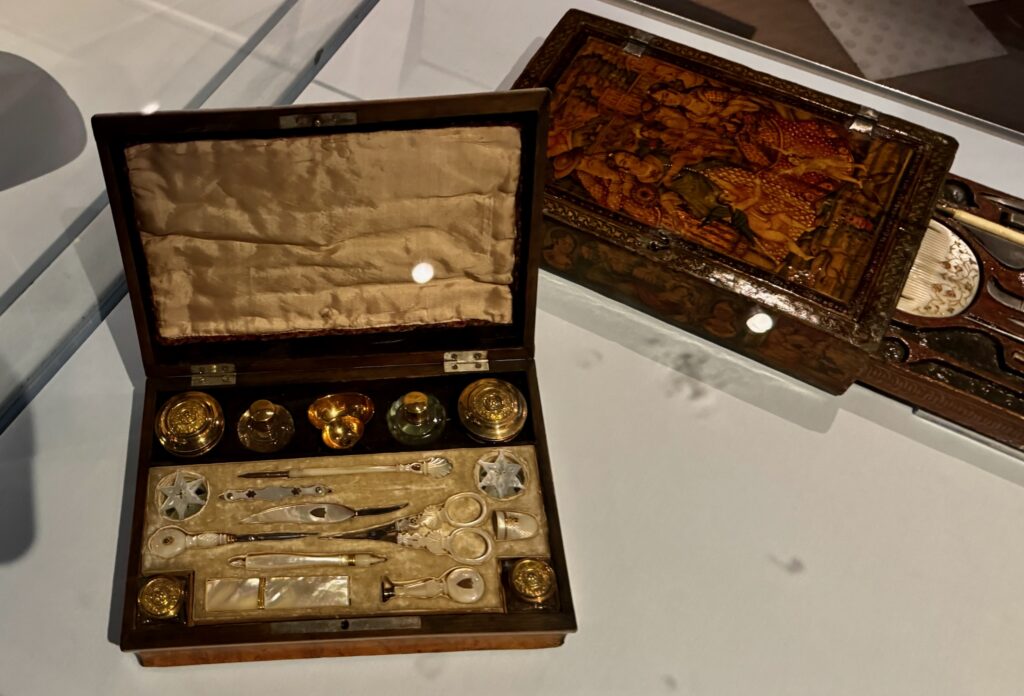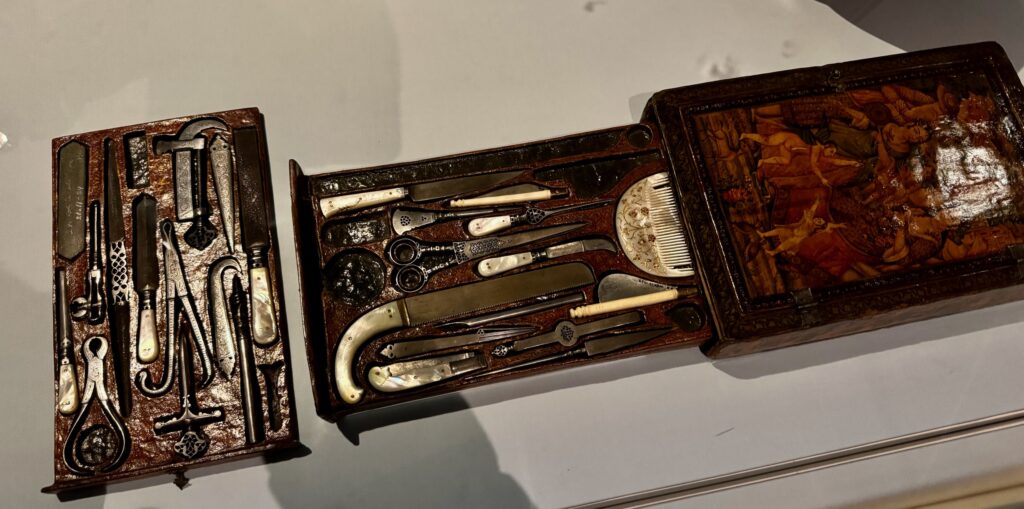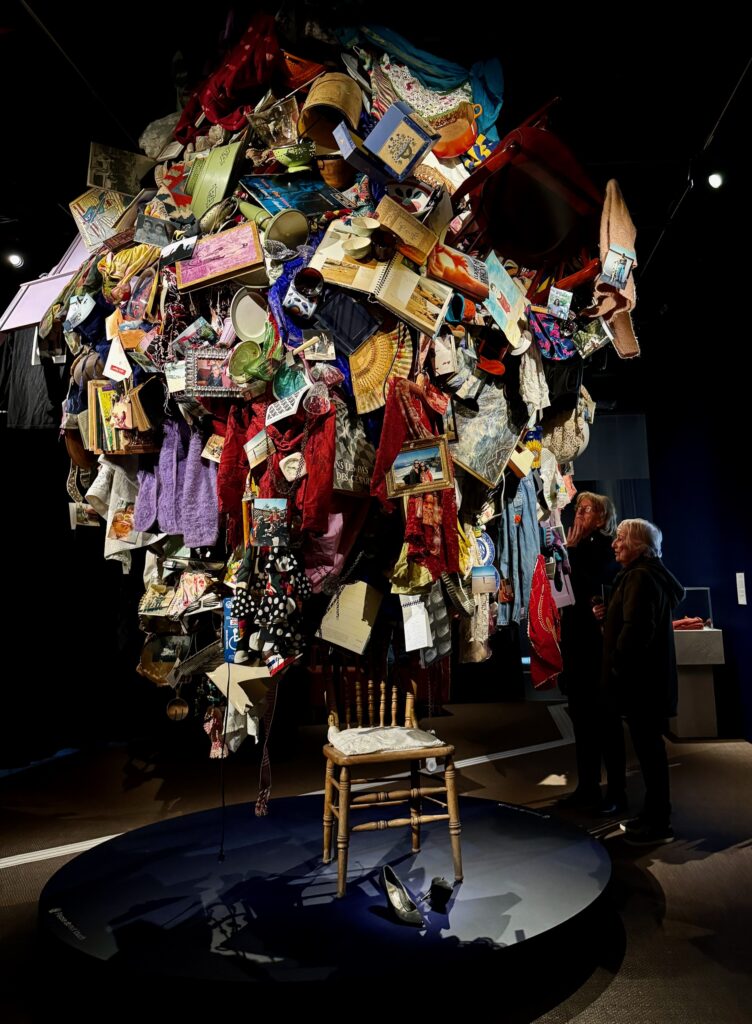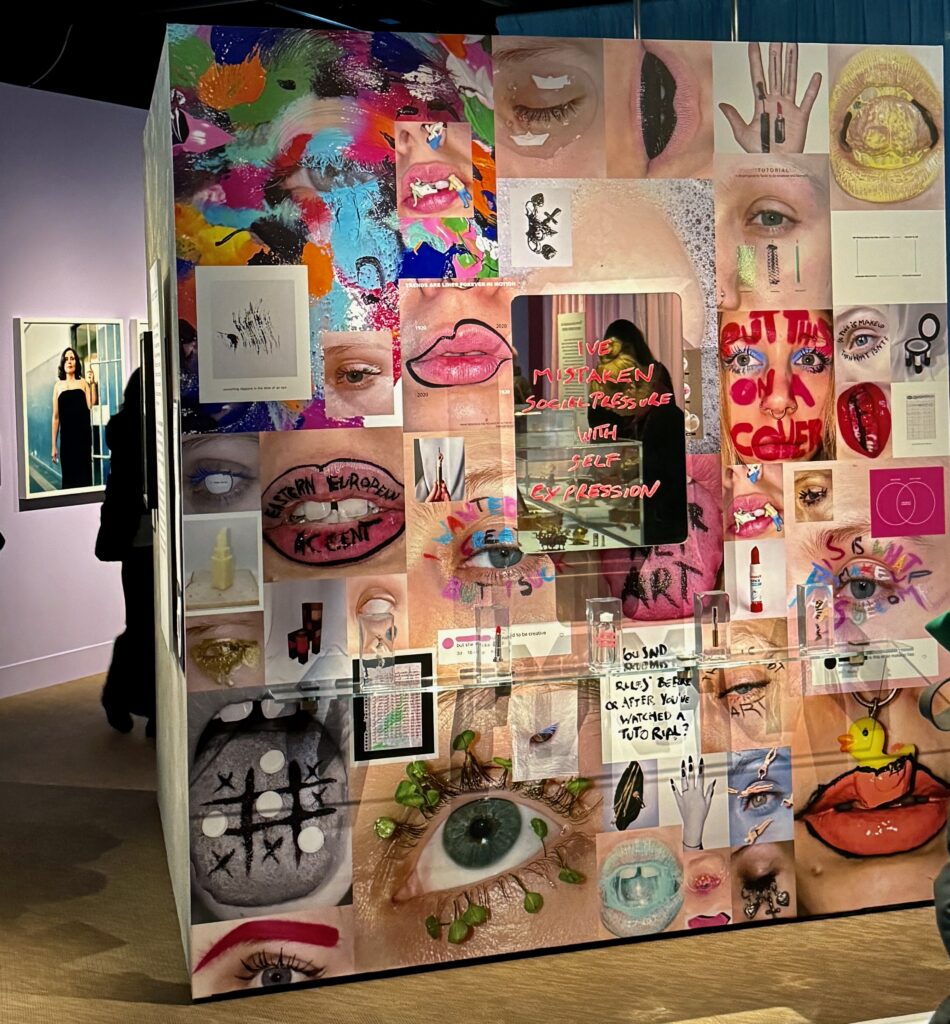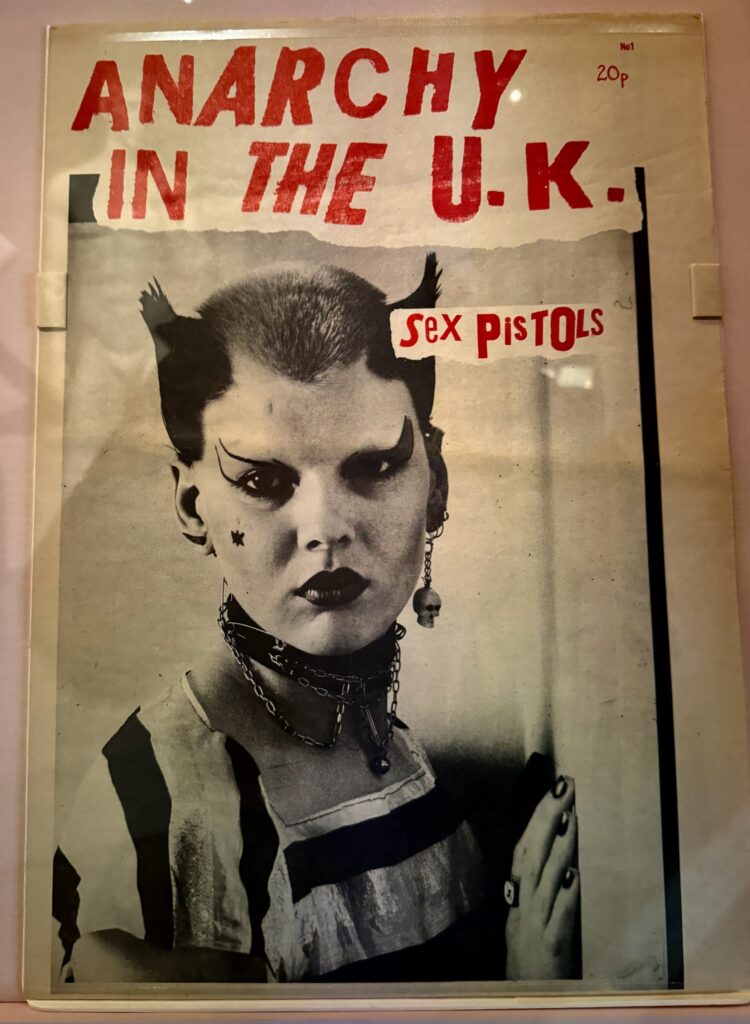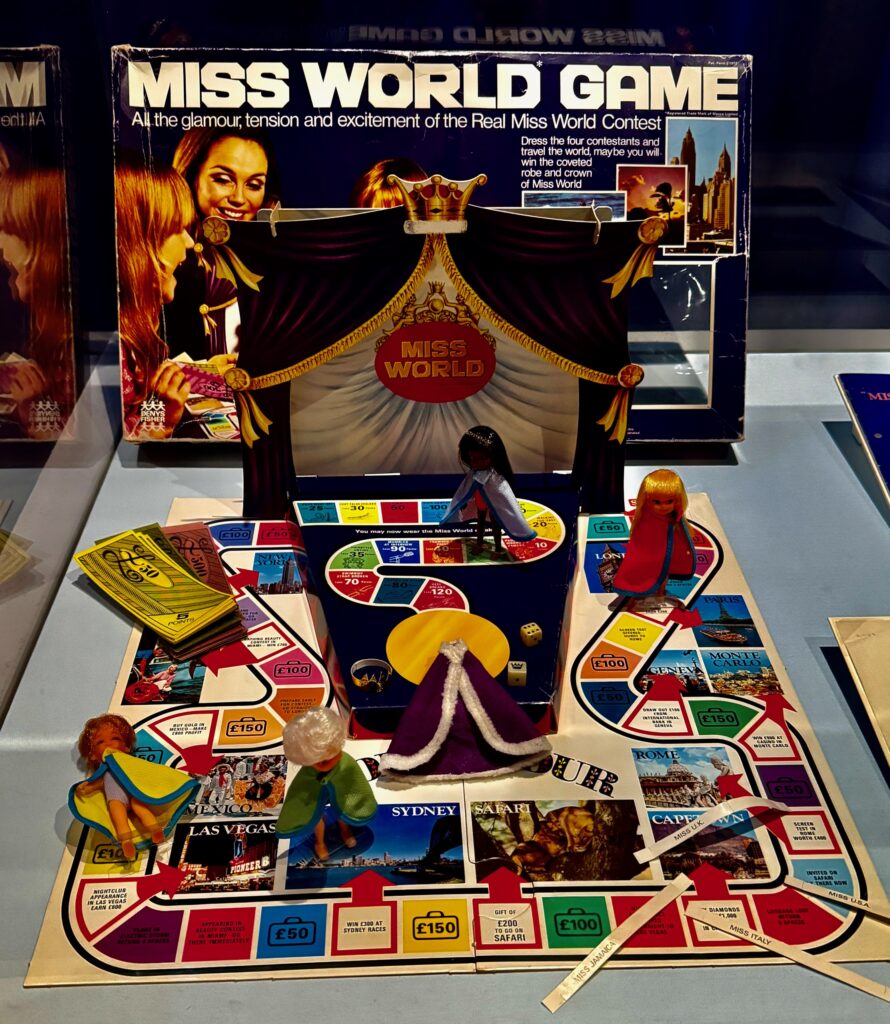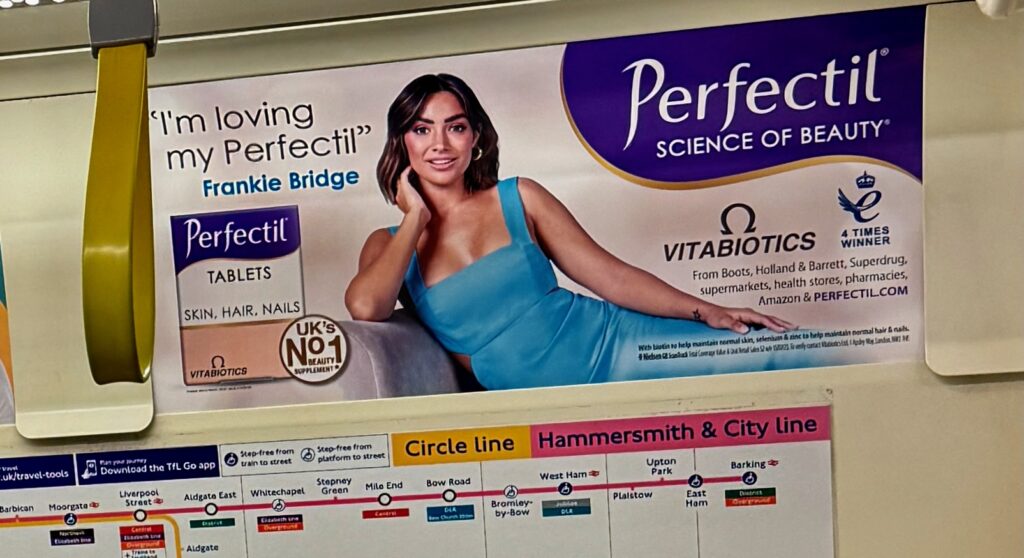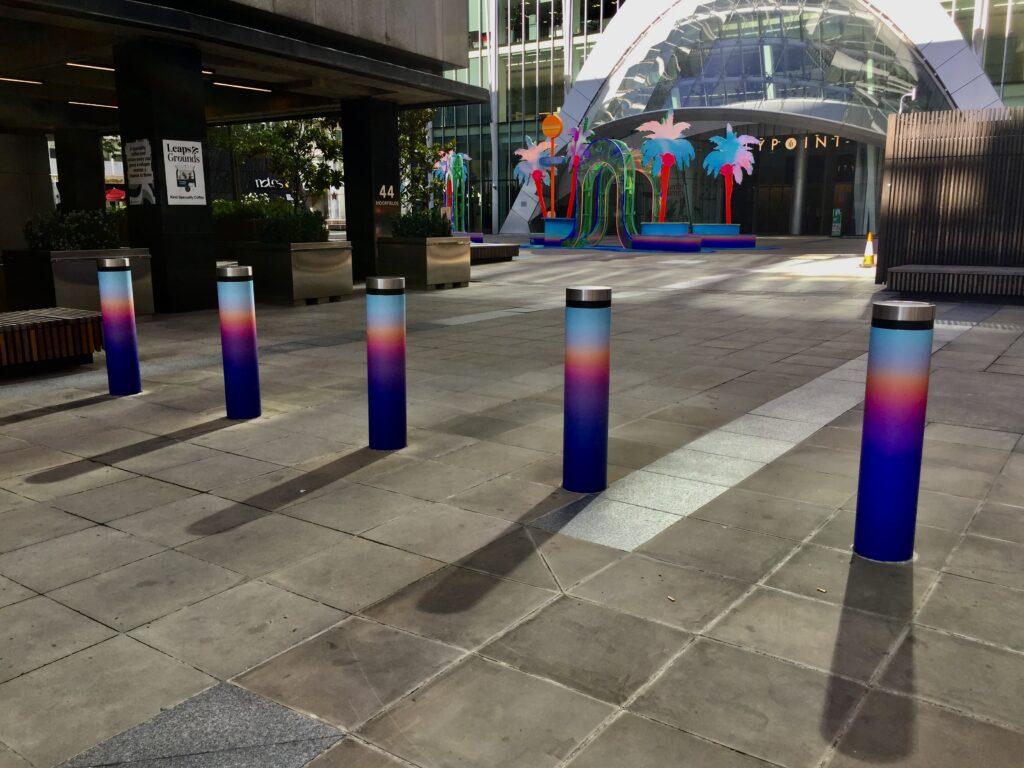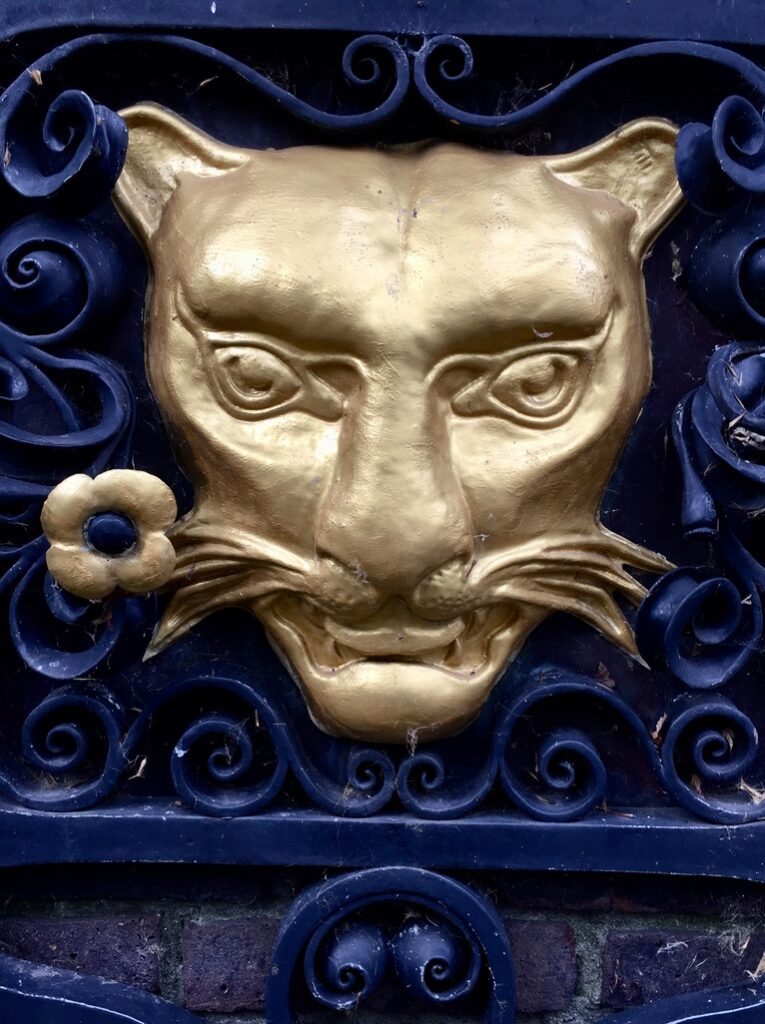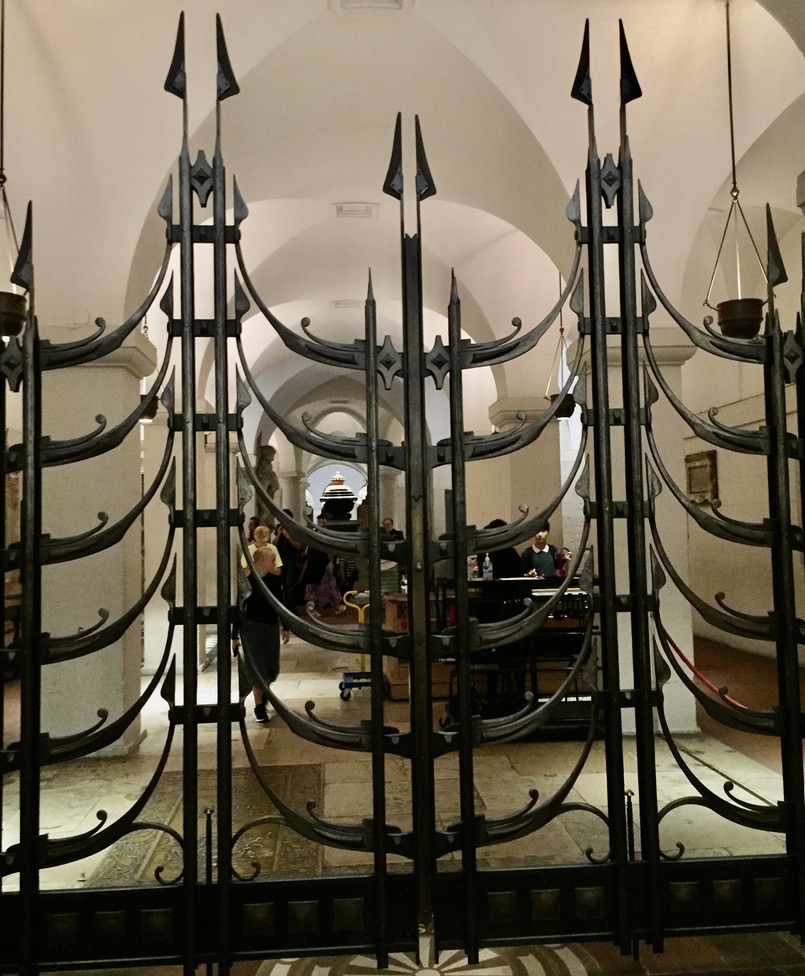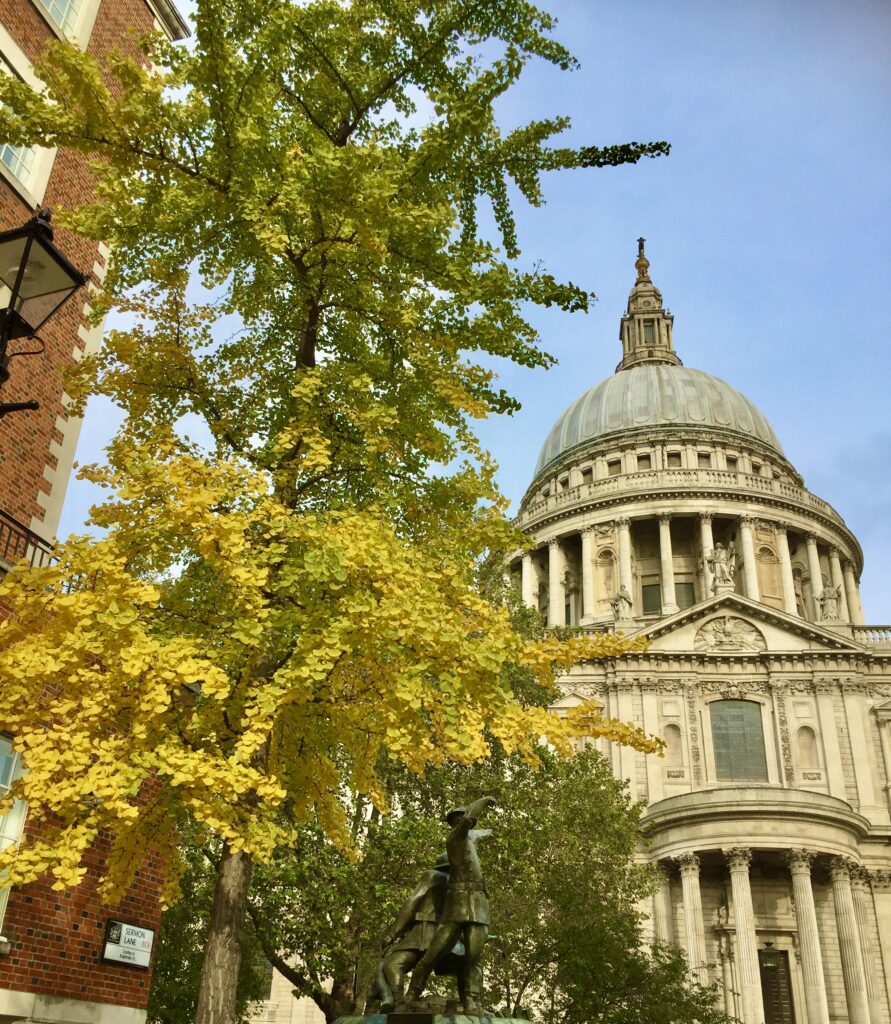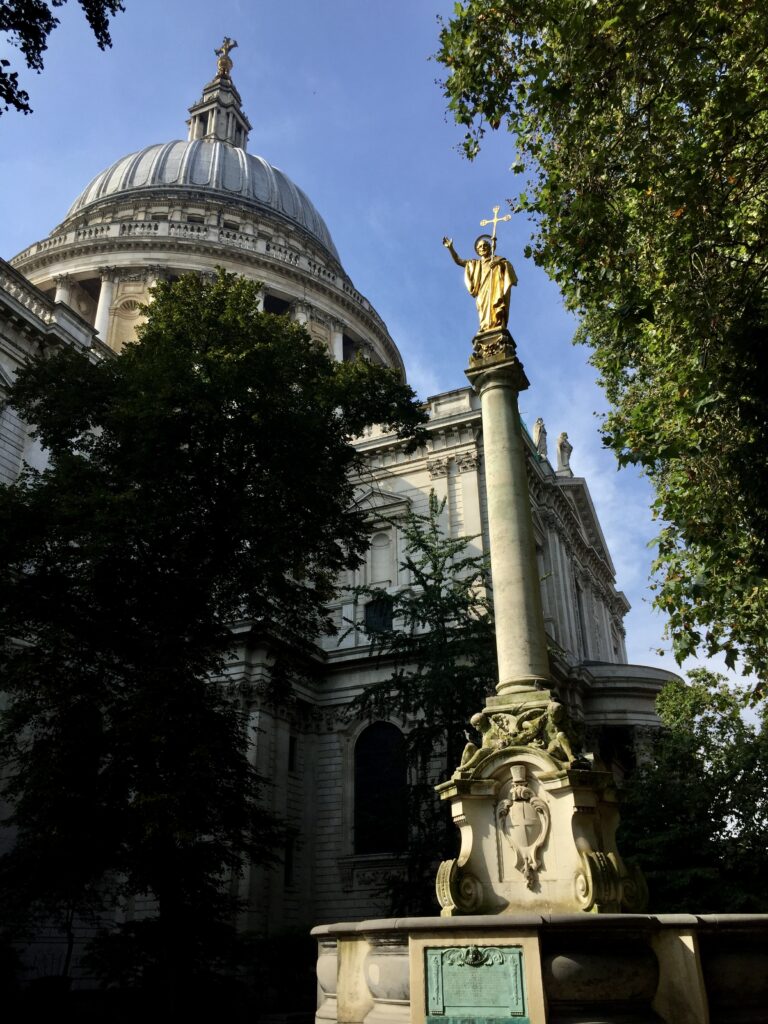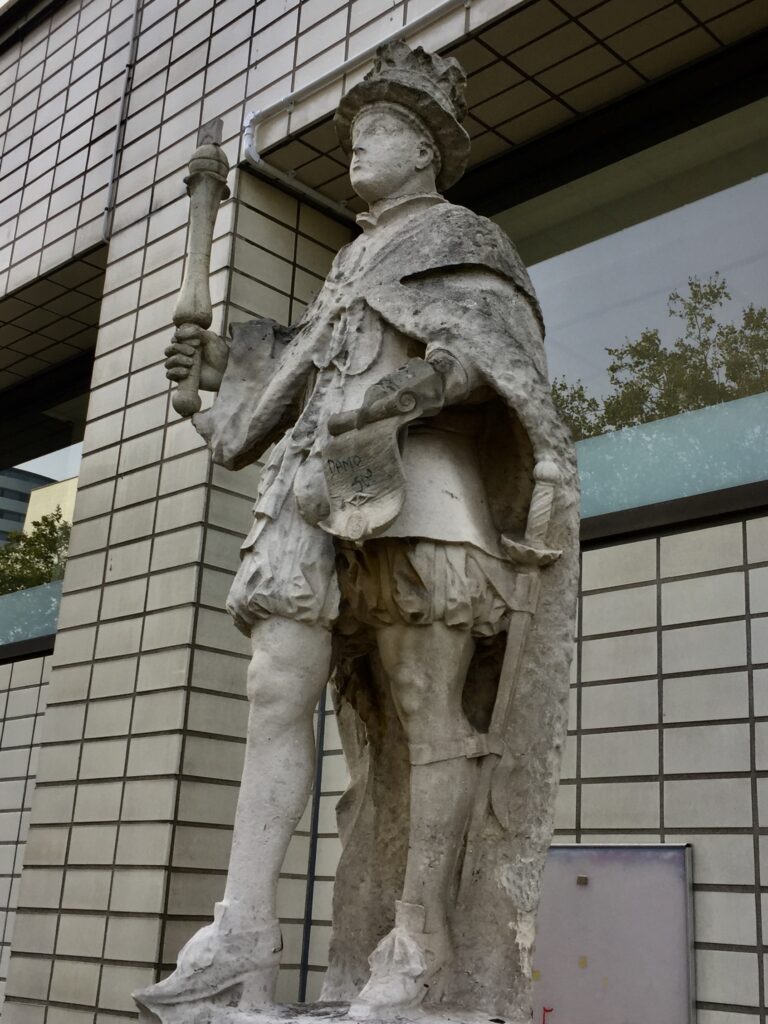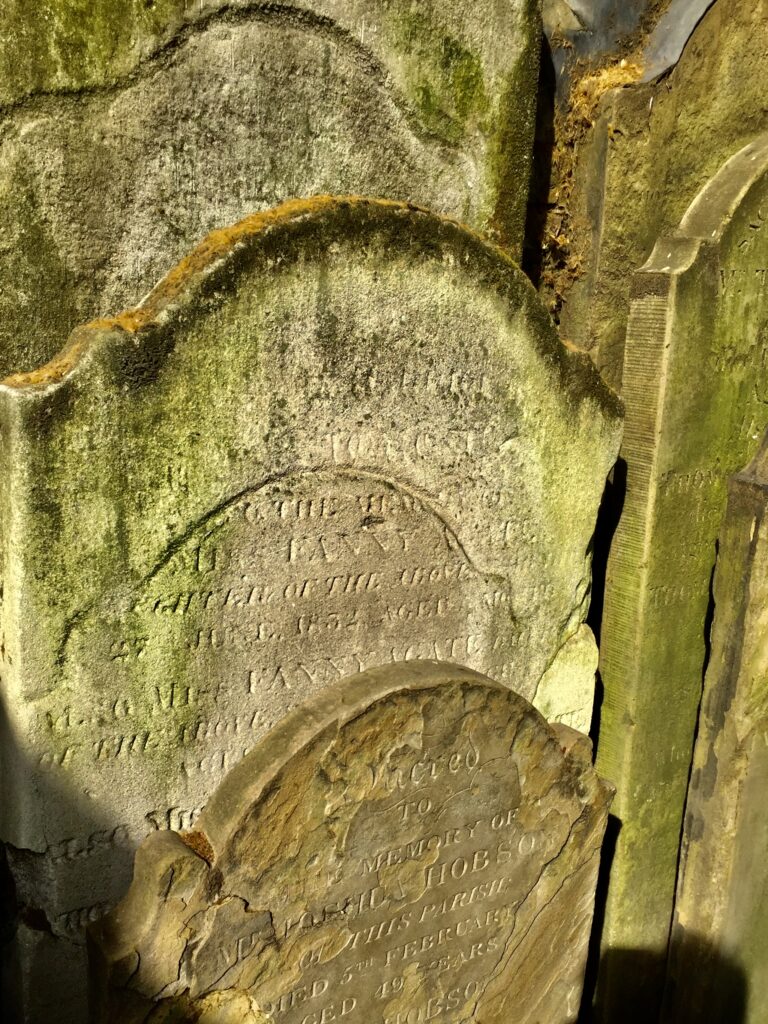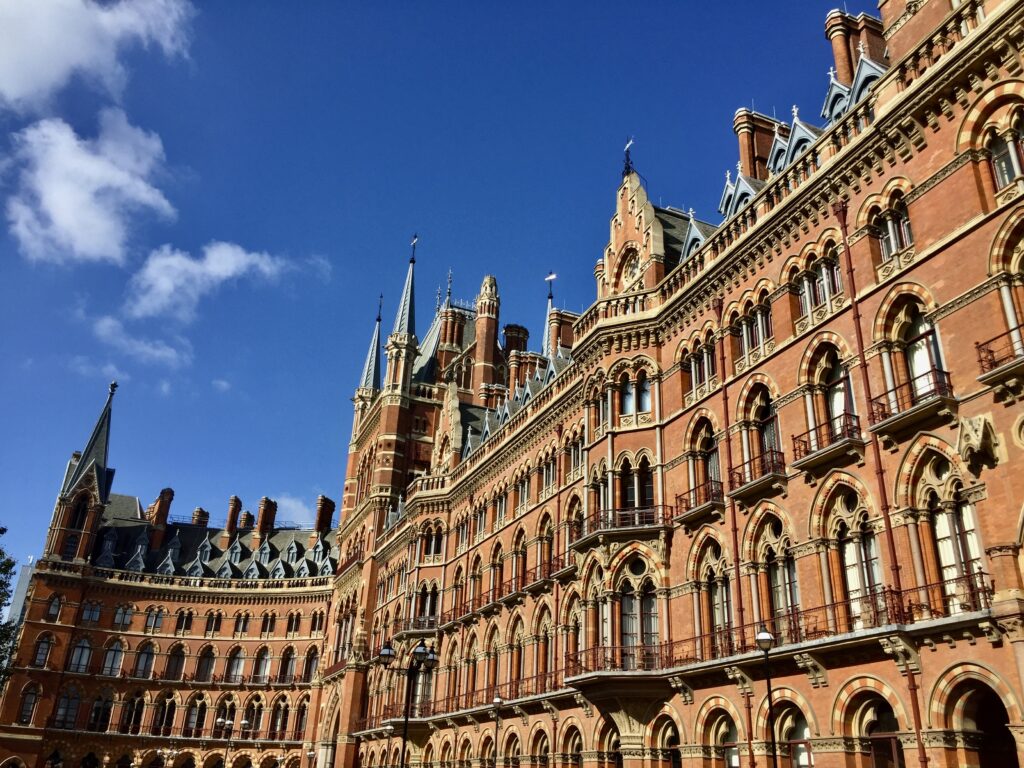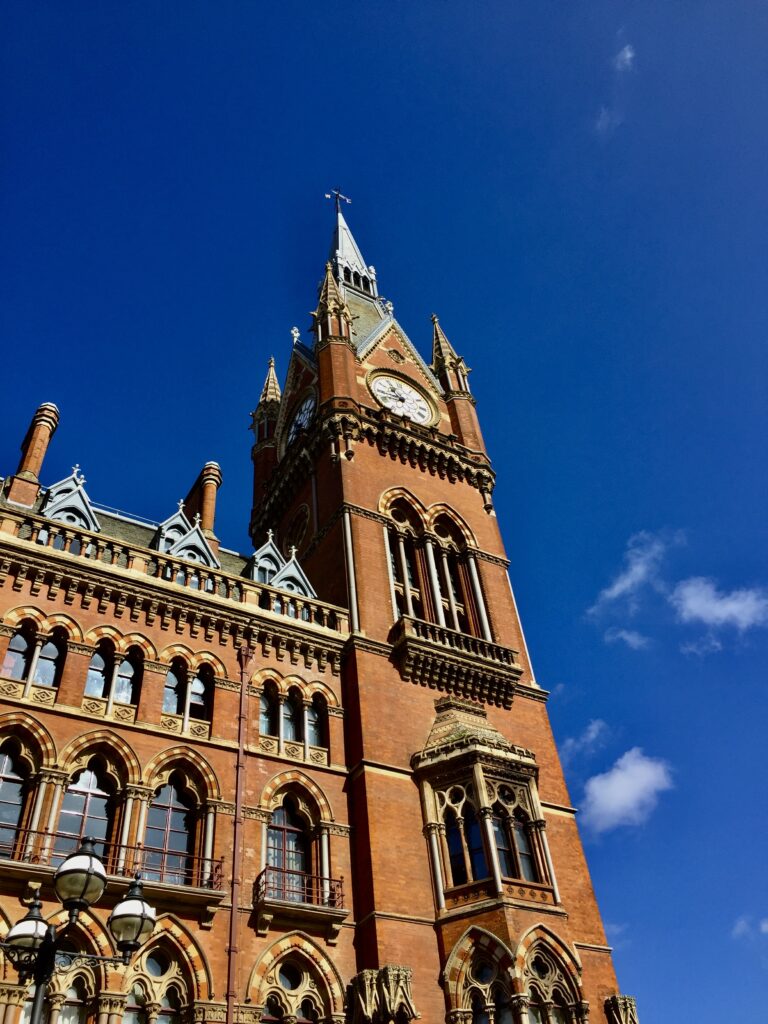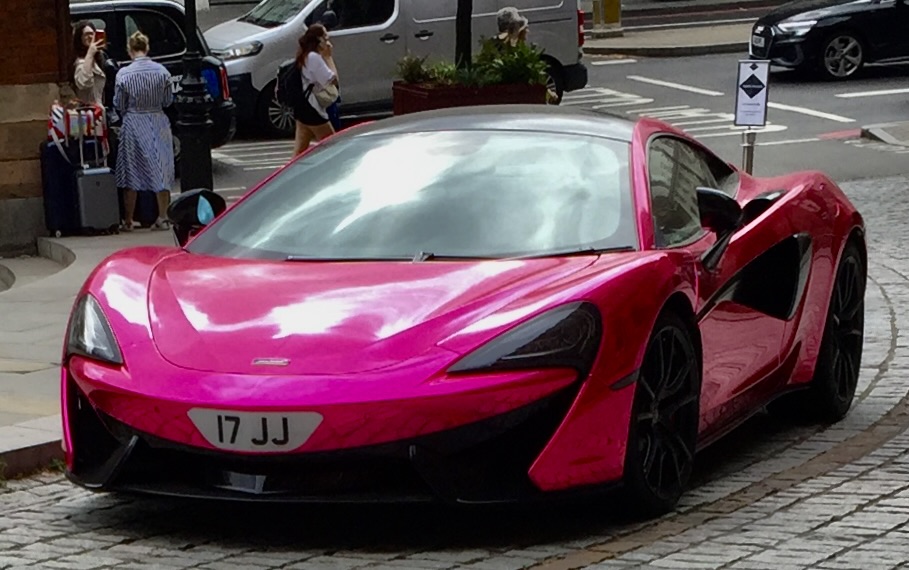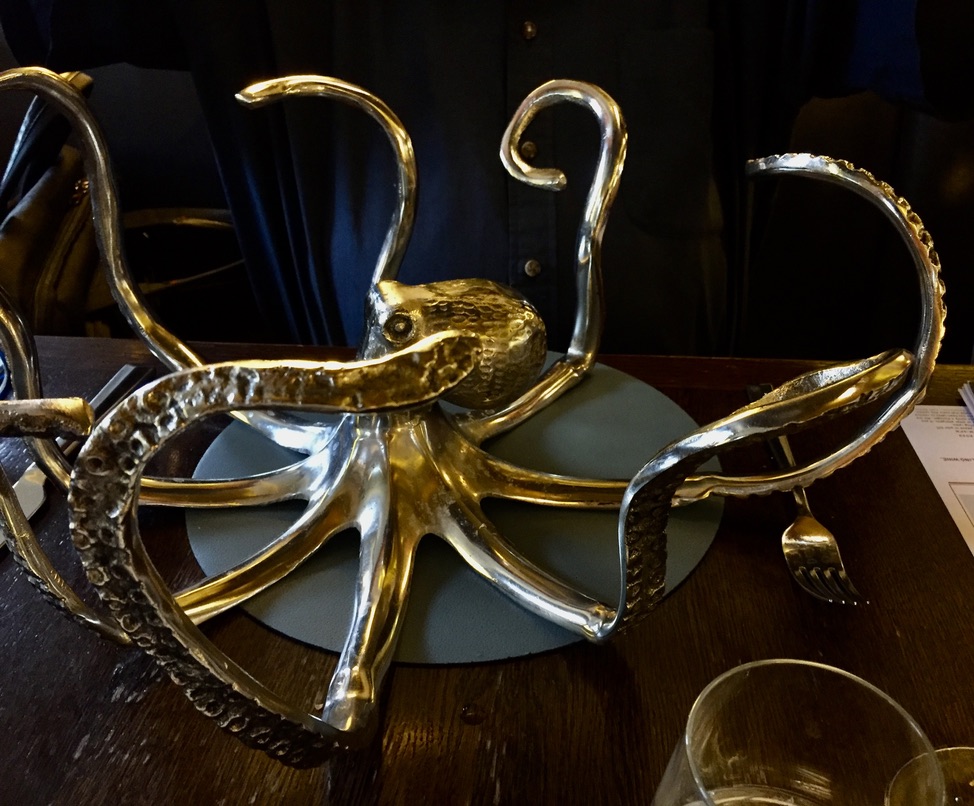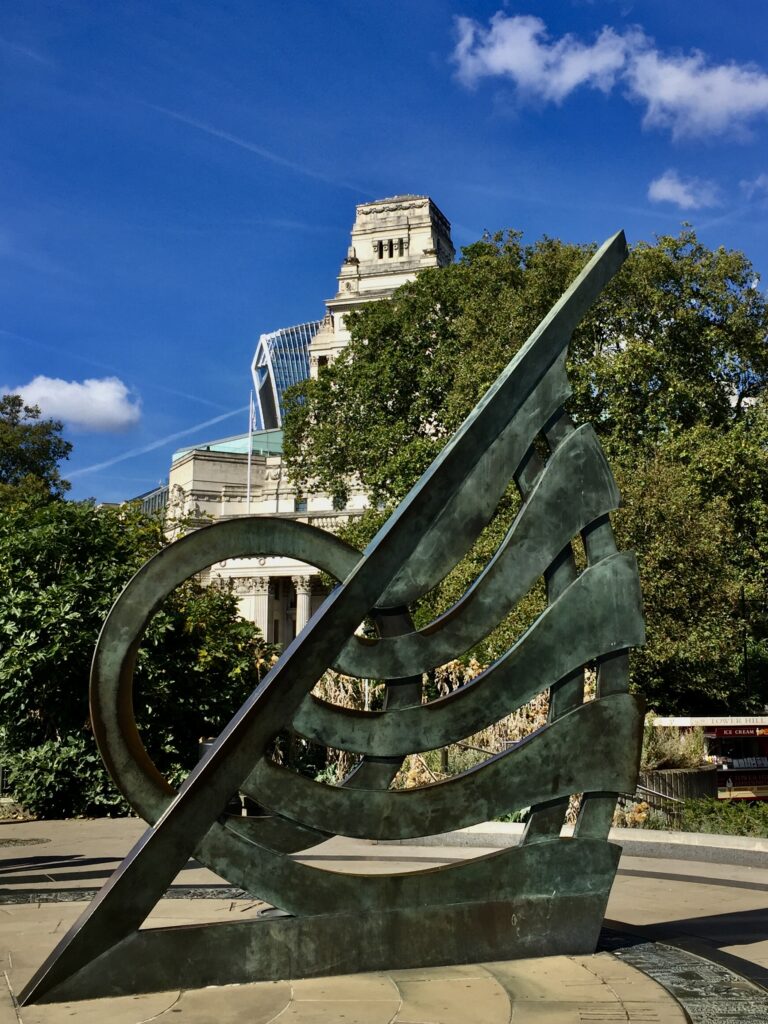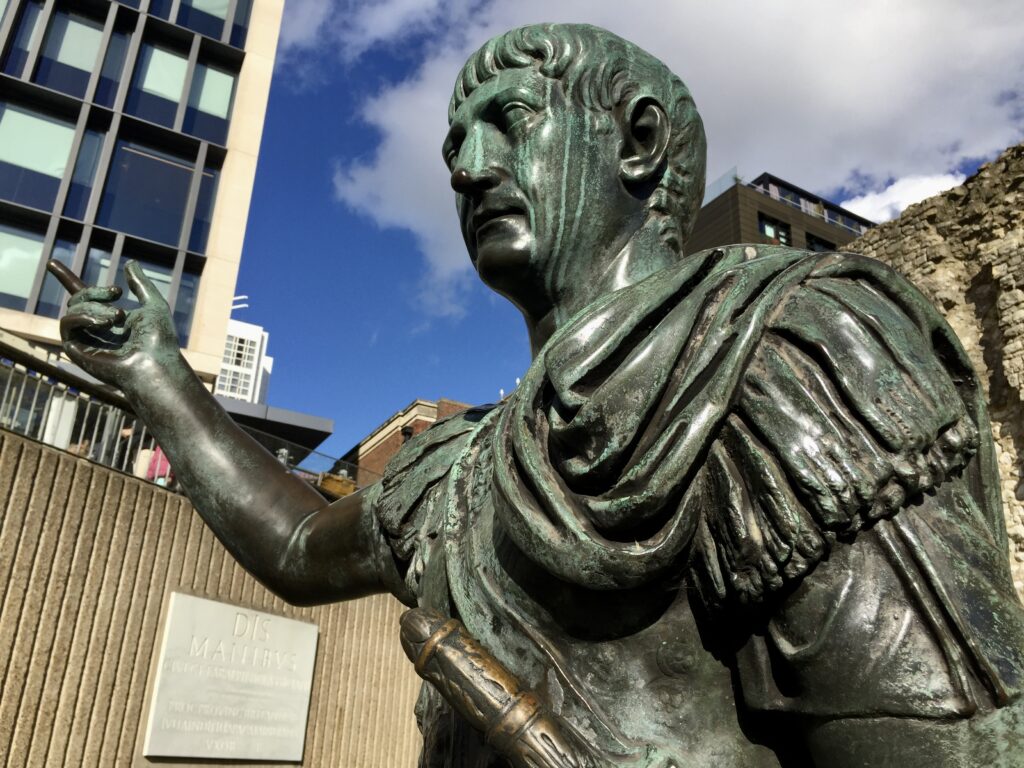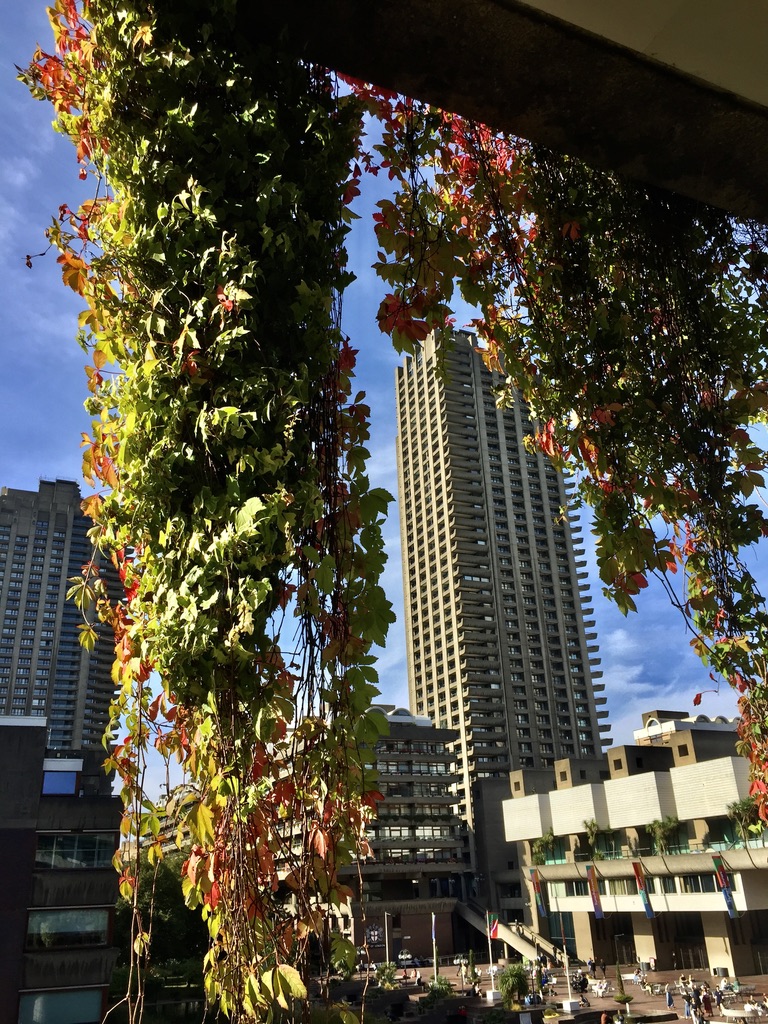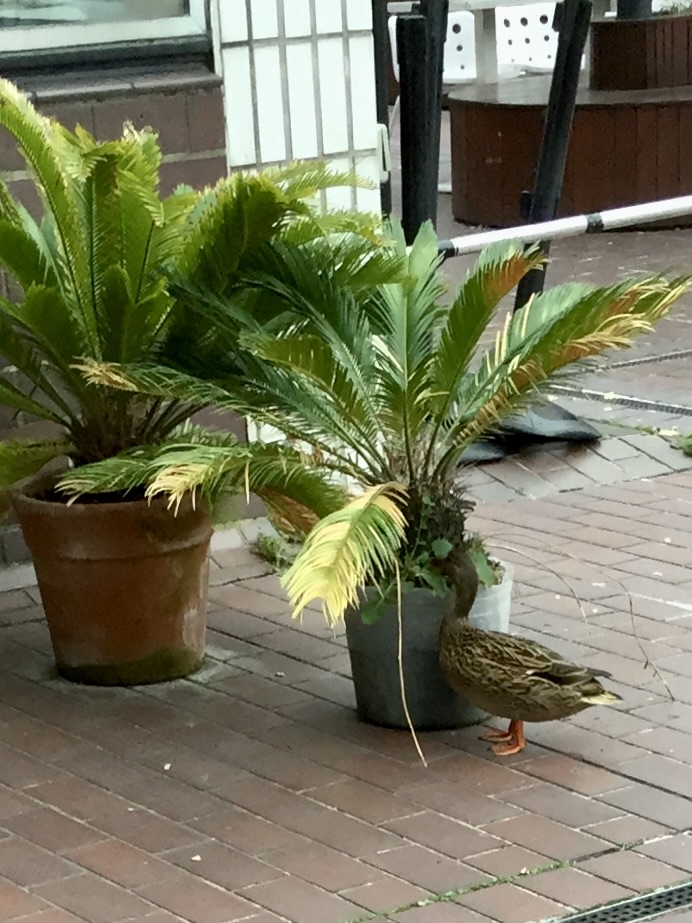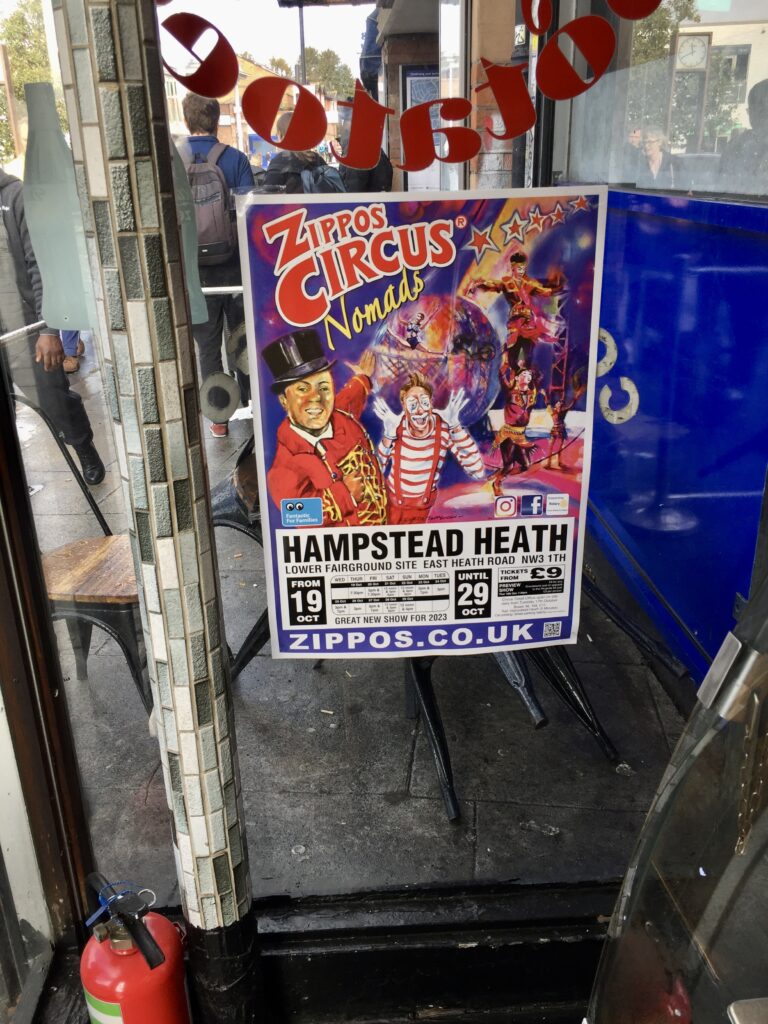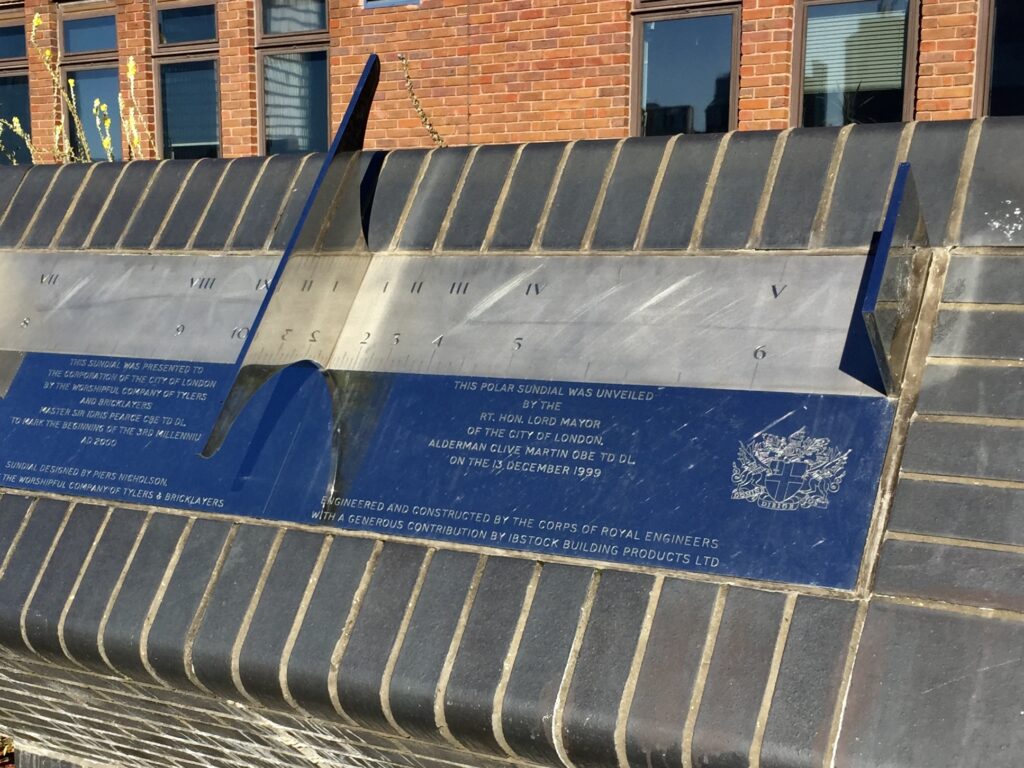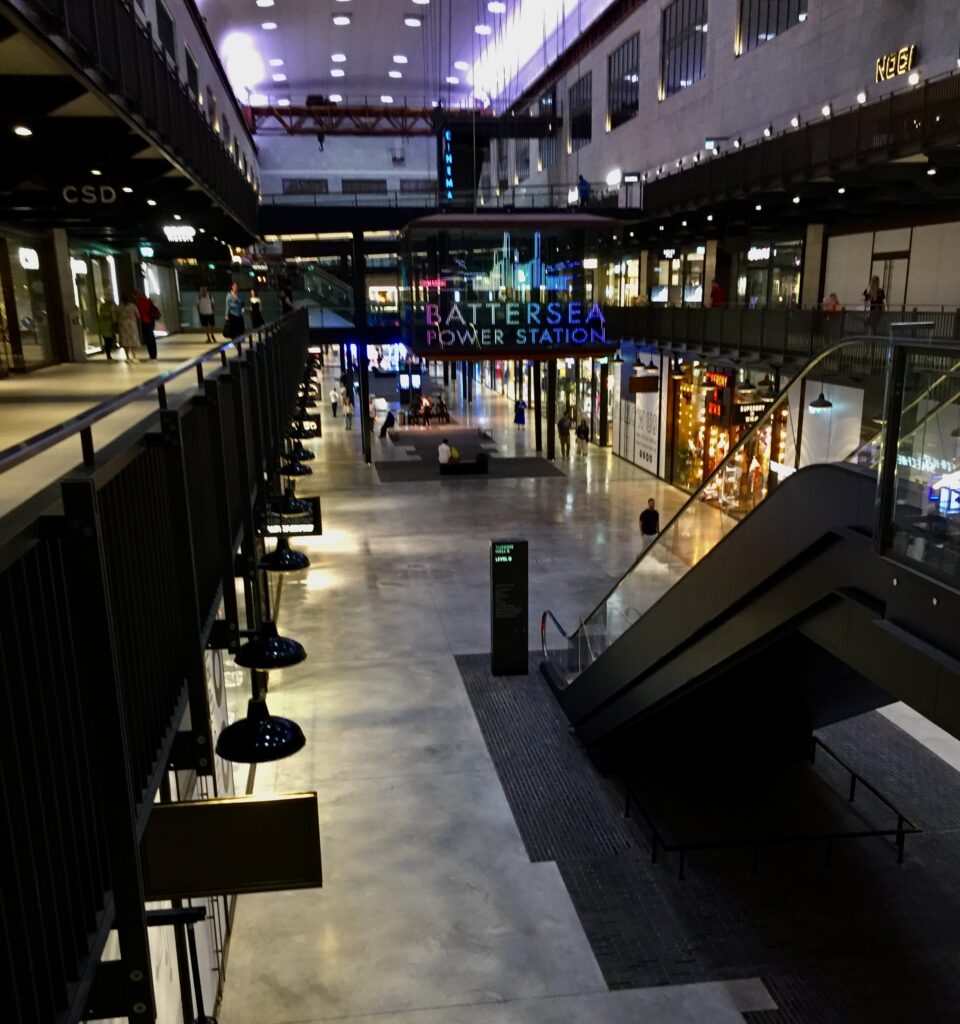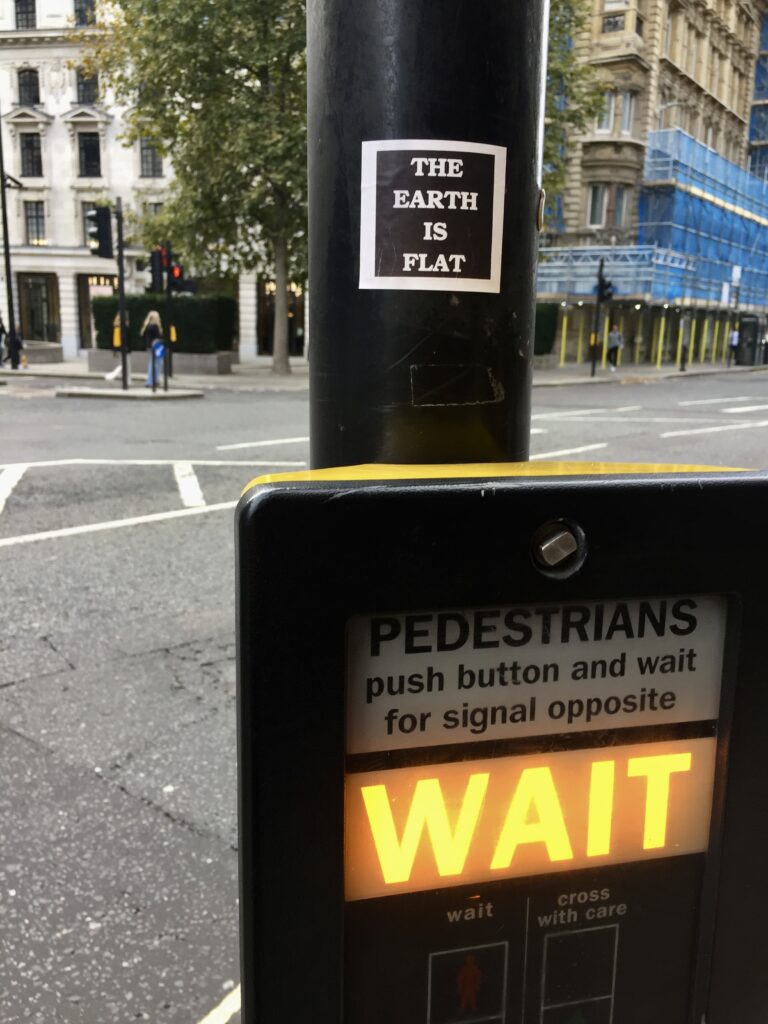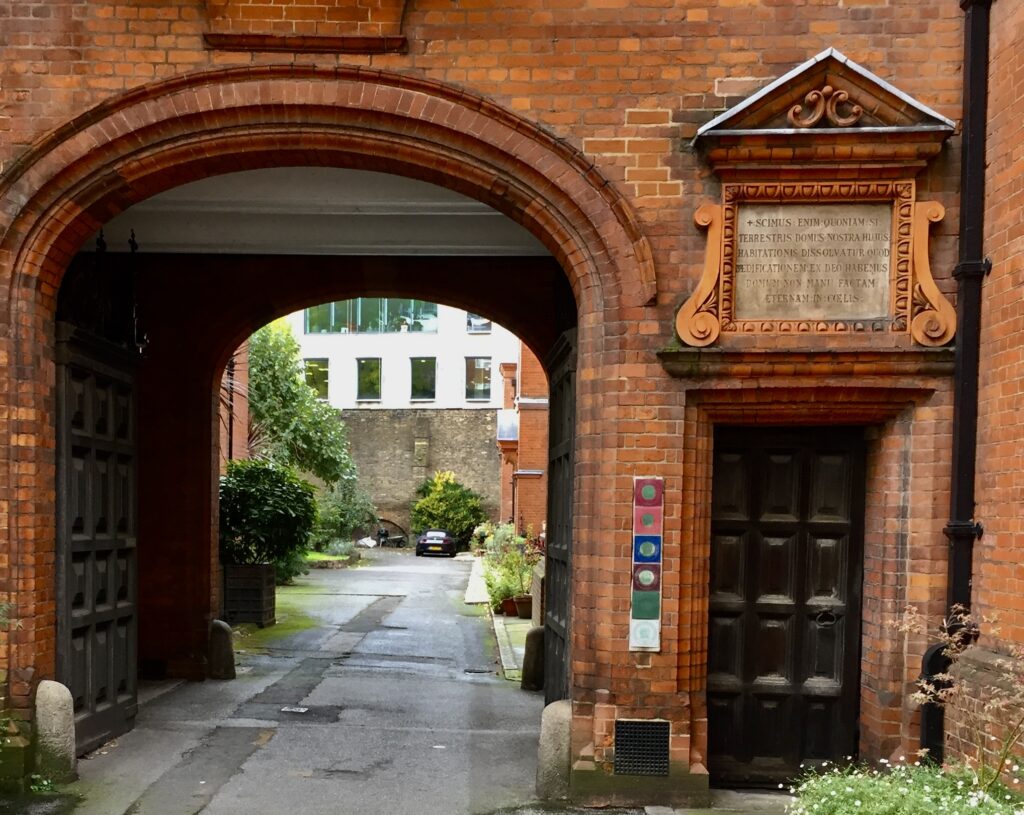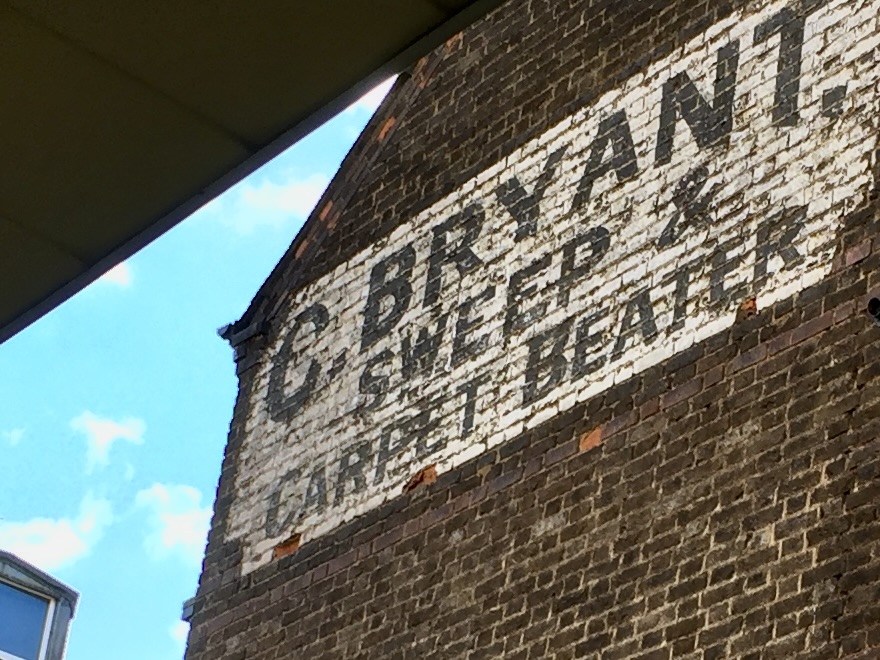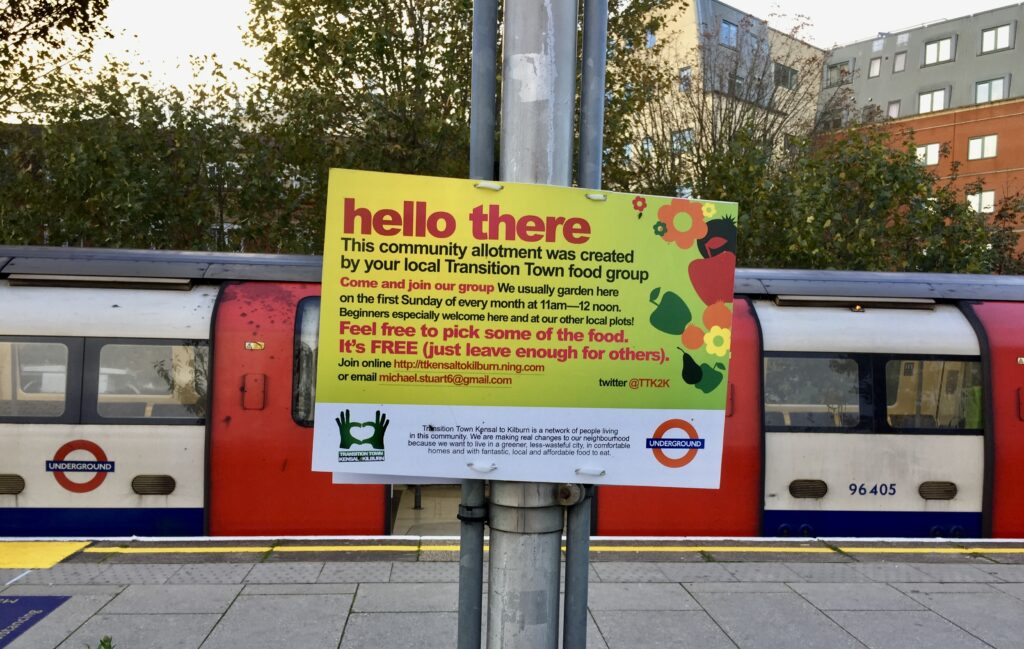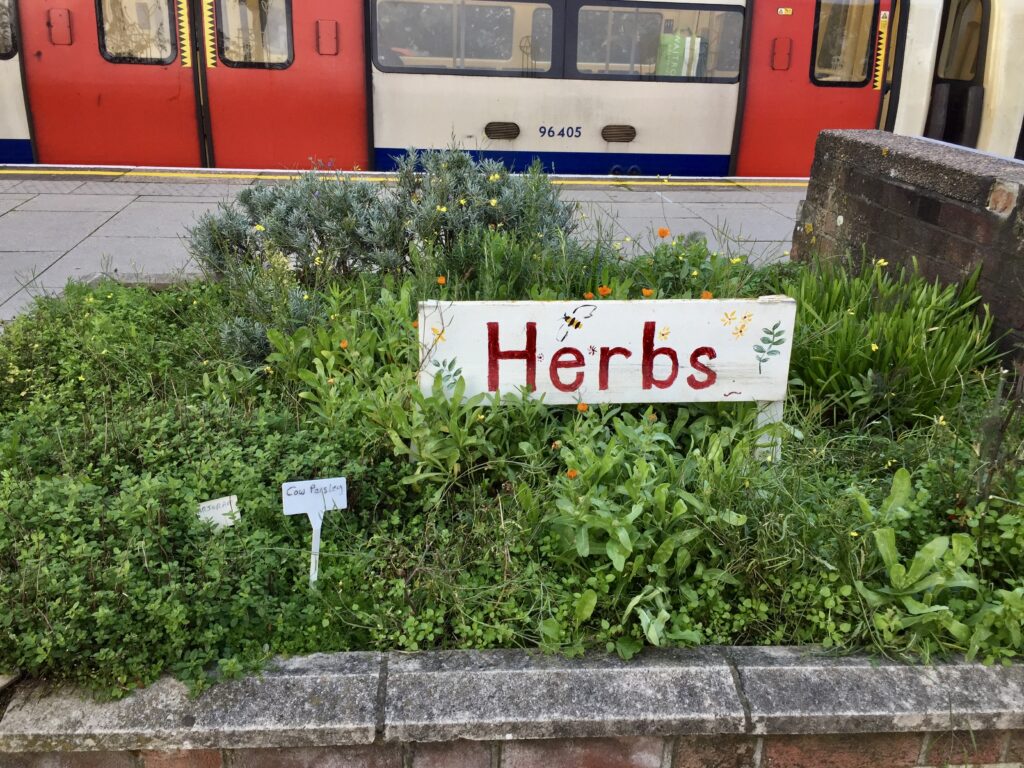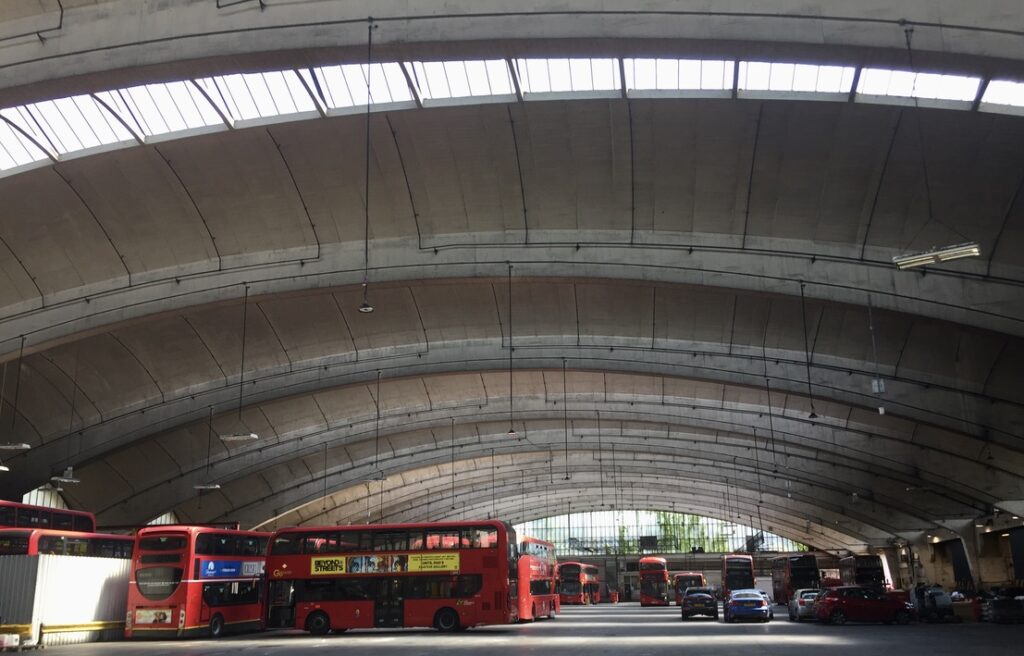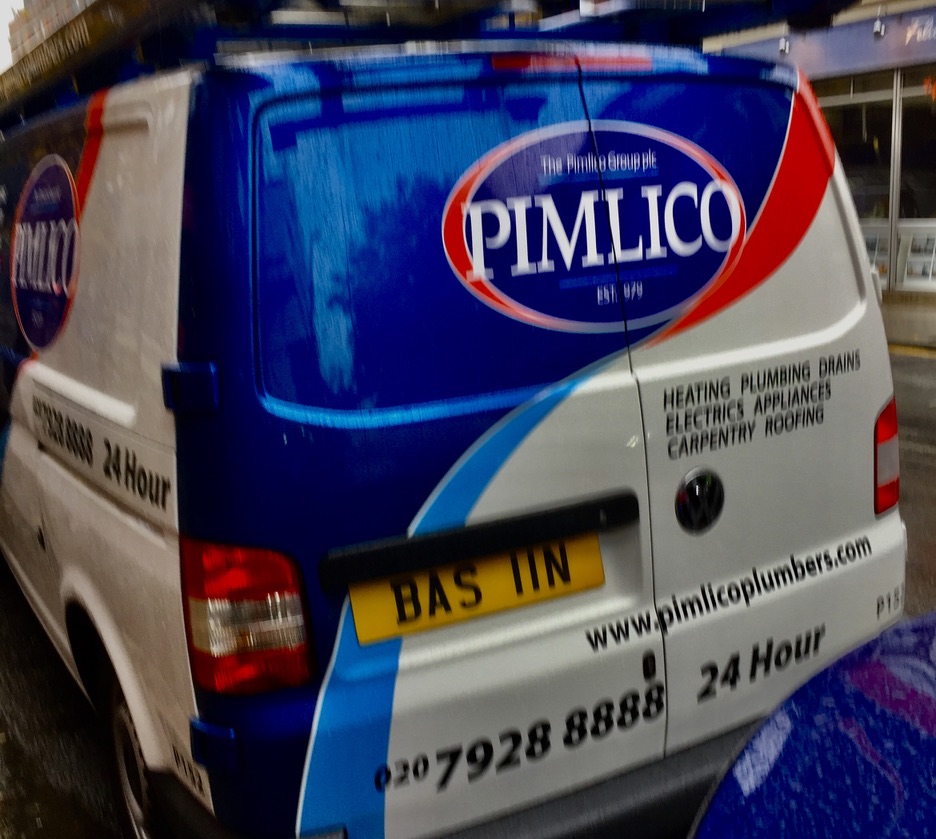Often, just when I fear I am running out of subjects to write about, the Heritage Gallery at the Guildhall Art Gallery comes to my rescue and they have just done so again with their special exhibition focusing on Billingsgate Market.
A Survey of London by John Stow in 1603 described Billingsgate as follows: ‘… which … is at this present a large Watergate, Port or Harbrough for shippes and boats, commonly arriving there with fish, both fresh and salt, shell fishes, salt, Orenges, Onions, and other fruits and rootes, wheate, Rie, and garine of divers sorts …’.
Before you view the items on display, pause at the backlit ‘Agas’ Map of 1561 and seek out ‘Bylynges gate’ and the carefully drawn ships moored at the quayside …
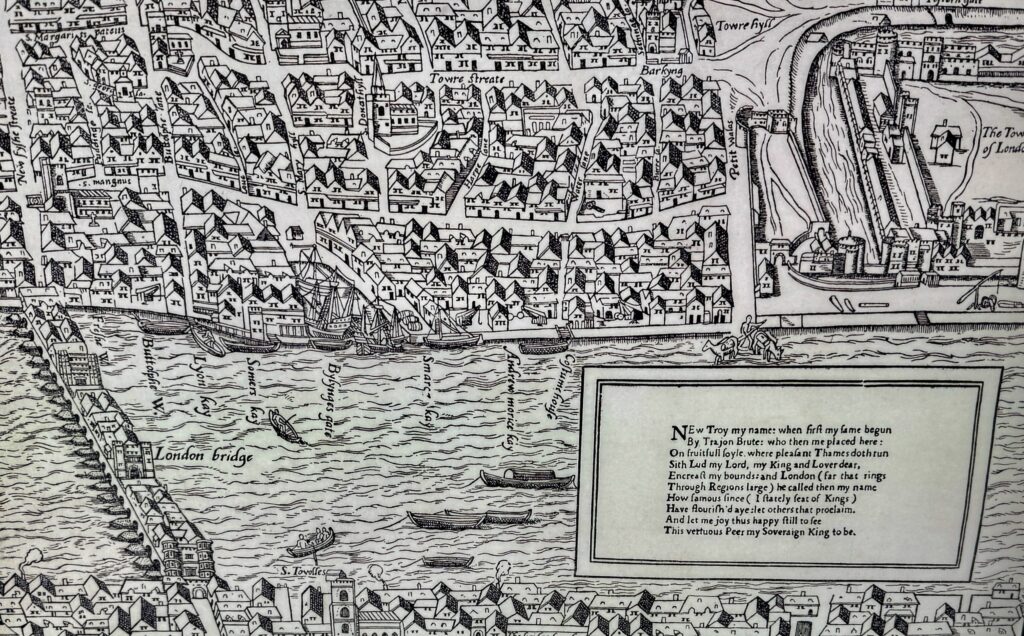
The first cabinet …

On the left is the Liber Horn, a book made in 1311 by Andrew Horn (Chamberlain of the City 1320-1328). It’s a compilation of charters, statutes and customs written upon vellum in Norman French …

In May 1699 an Act of Parliament conferred special privileges on the market which was declared ‘… a free and open Market for all sorts of fish whatsoever …’ and the sale of fish six days in the week and mackerel for sale on Sundays’. The two documents in the centre of the case date from this period.
The order issued by the Court of Aldermen on 24 December 1699 details the hours of the fish market and the times at which the market bell was to be rung as well as commenting on ‘… Mischiefs and evil Practices …’. …
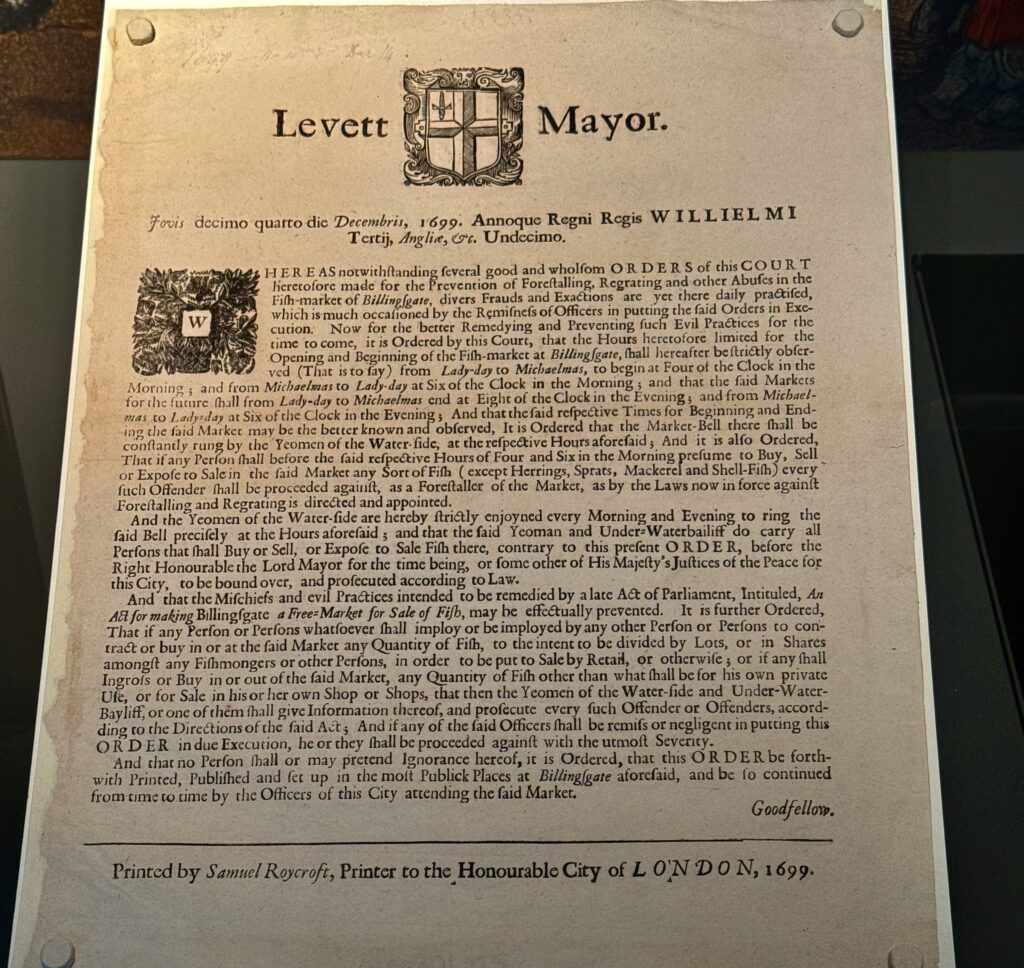
On the right is a petition by the fishermen to Sir Richard Levitt (sic), Lord Mayor, protesting at being ‘… hindered and oppressed by great vessels loaded with salt and oranges …’ and requests the dock be cleared for the petitioners’ vessels …

The market flourished and the 1830 map on the right illustrates the layout of the dock at that time …
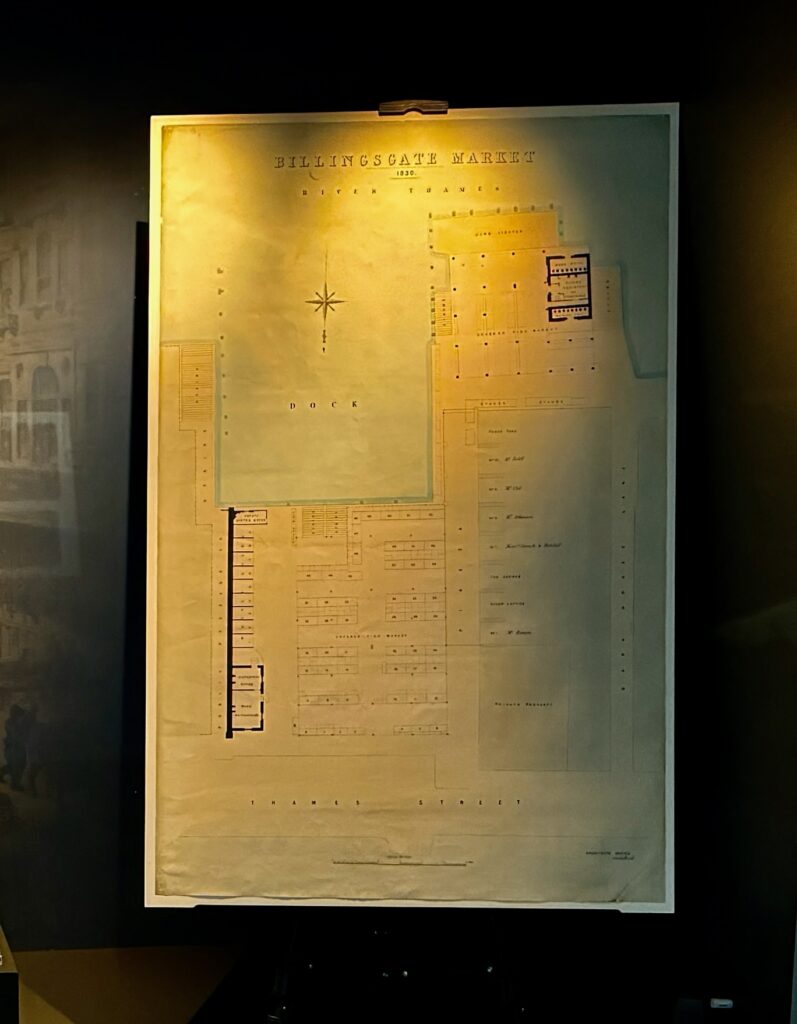
The second cabinet …
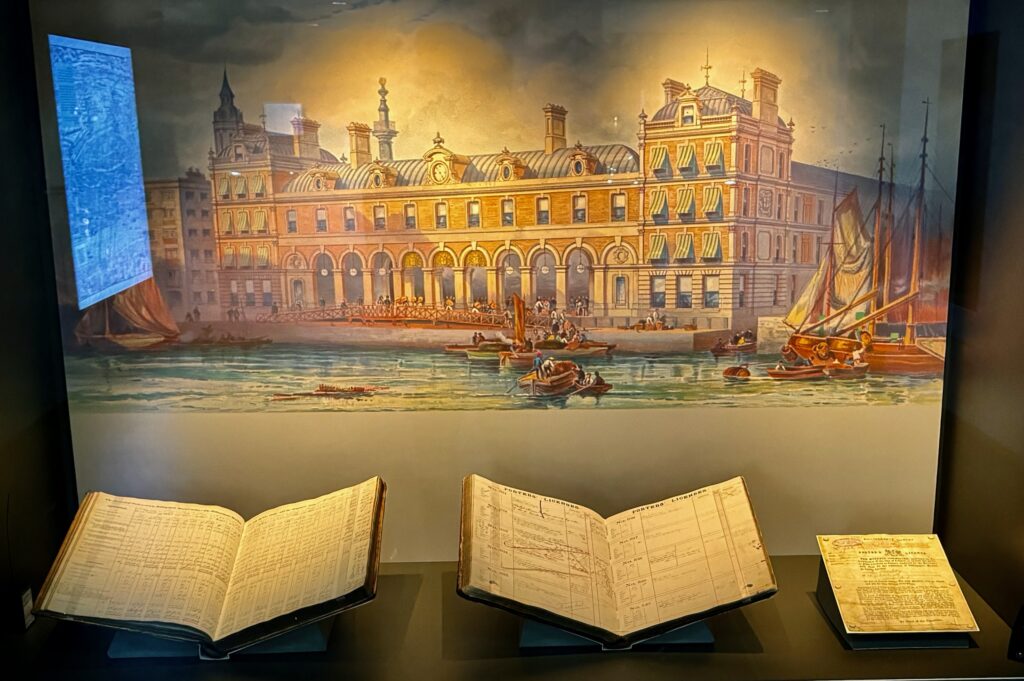
The collection of tolls by the market authorities was recorded in volumes. These detail the payments raised on type of vessel and catch with expenses including (handwritten at the bottom of the page) an allowance for coal and candles and collecting bad fish …
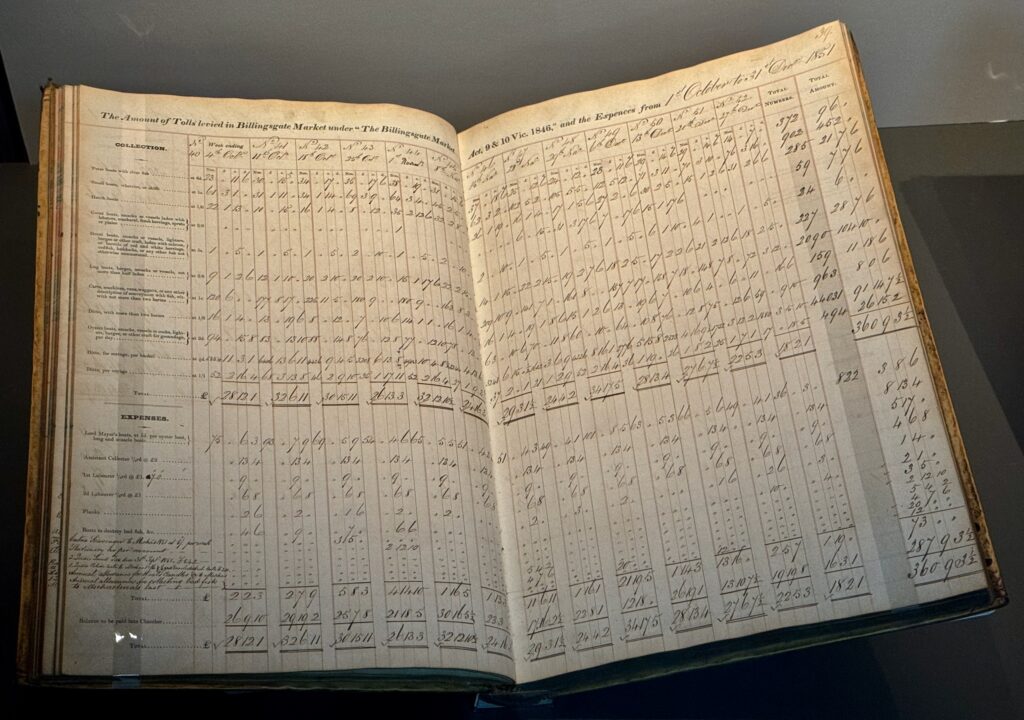
Porters were licensed by the City of London to act as porter and ply for trade within the market and this volume records the details …

This is a close up of the entry for Edward Jenkins, the man whose entry is crossed out because of his death, showing his various changes of address over the years …
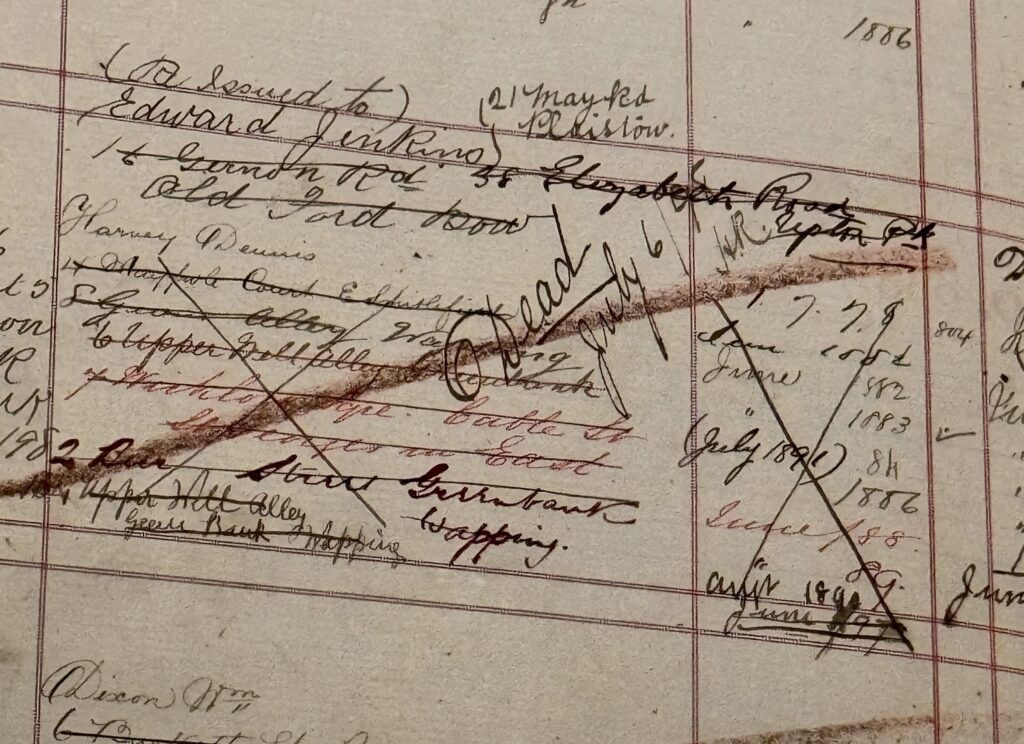
Licenses were issued to individuals confirming their ability to work …
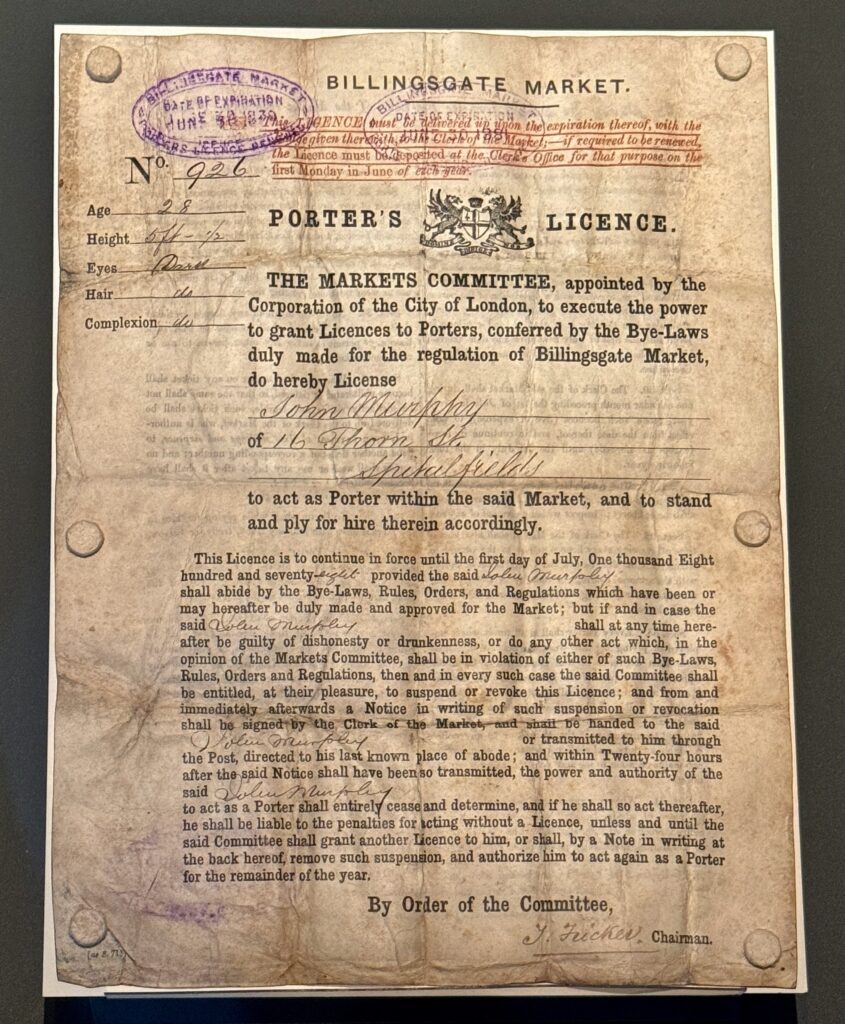
There is also a nice selection of images for visitors to enjoy. Here are just a few …

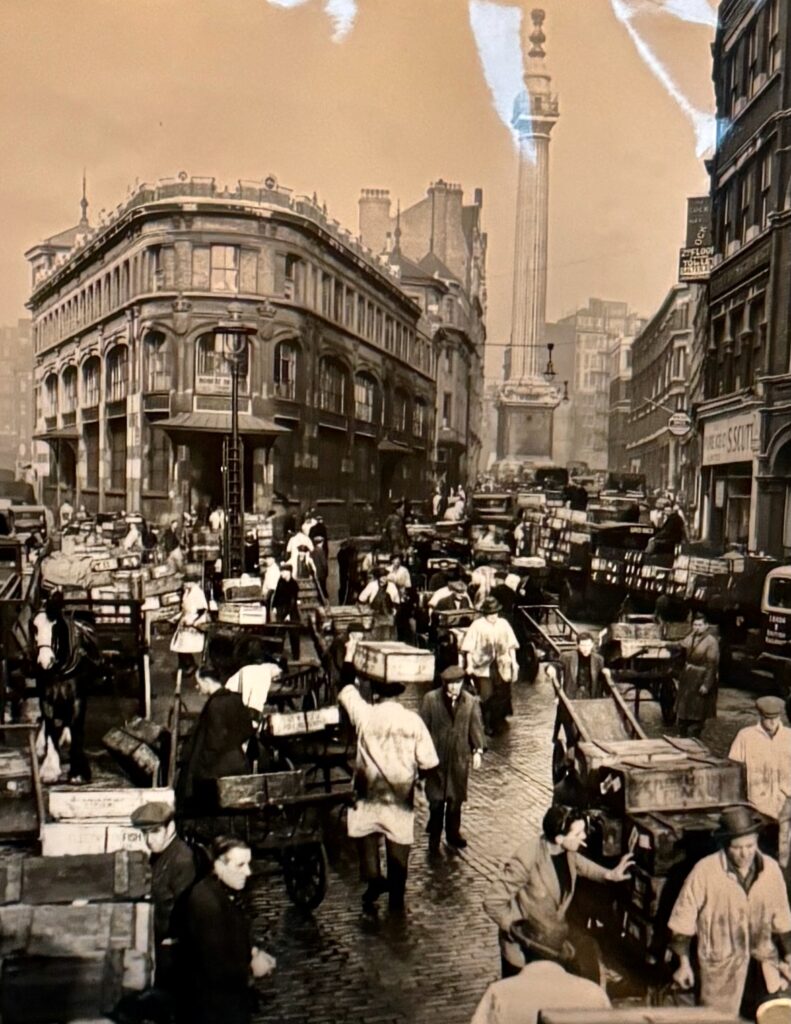
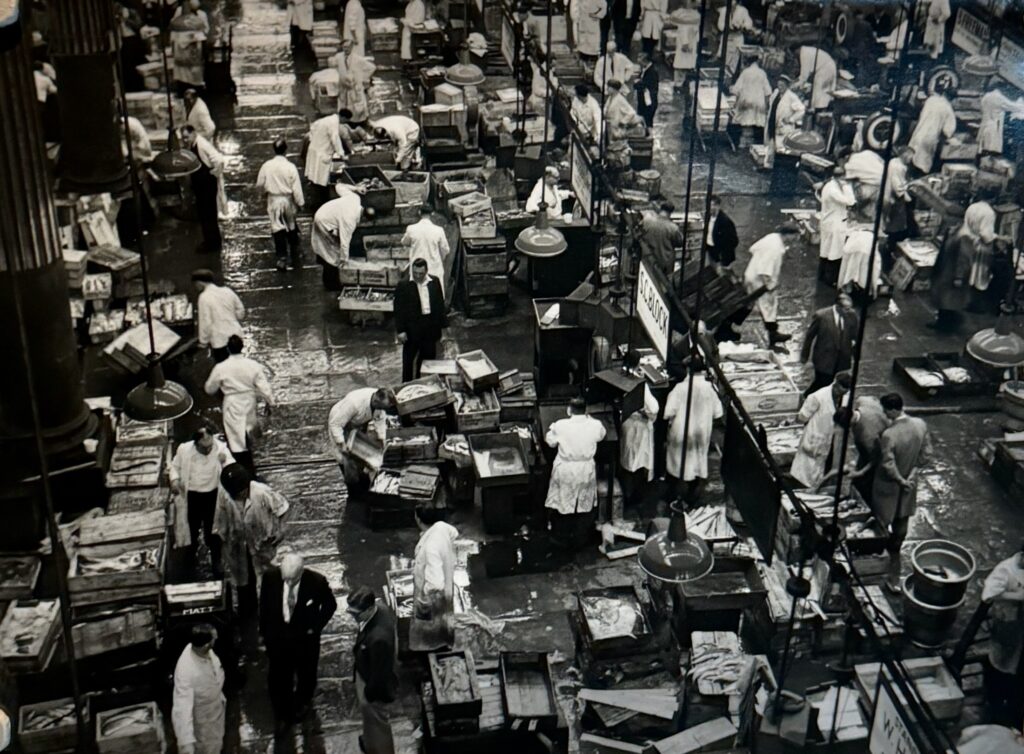
The present building dates from 1876 and was designed by Sir Horace Jones, an architect perhaps best known for creating Tower Bridge but who also designed Leadenhall and Smithfield markets. Business boomed until 1982, when the fish market moved to the Isle of Dogs. The south side of the old market today …

I love the weathervanes …

Similar weathervanes adorn the new market buildings in Docklands but they are fibreglass copies.
Remember you can follow me on Instagram …

